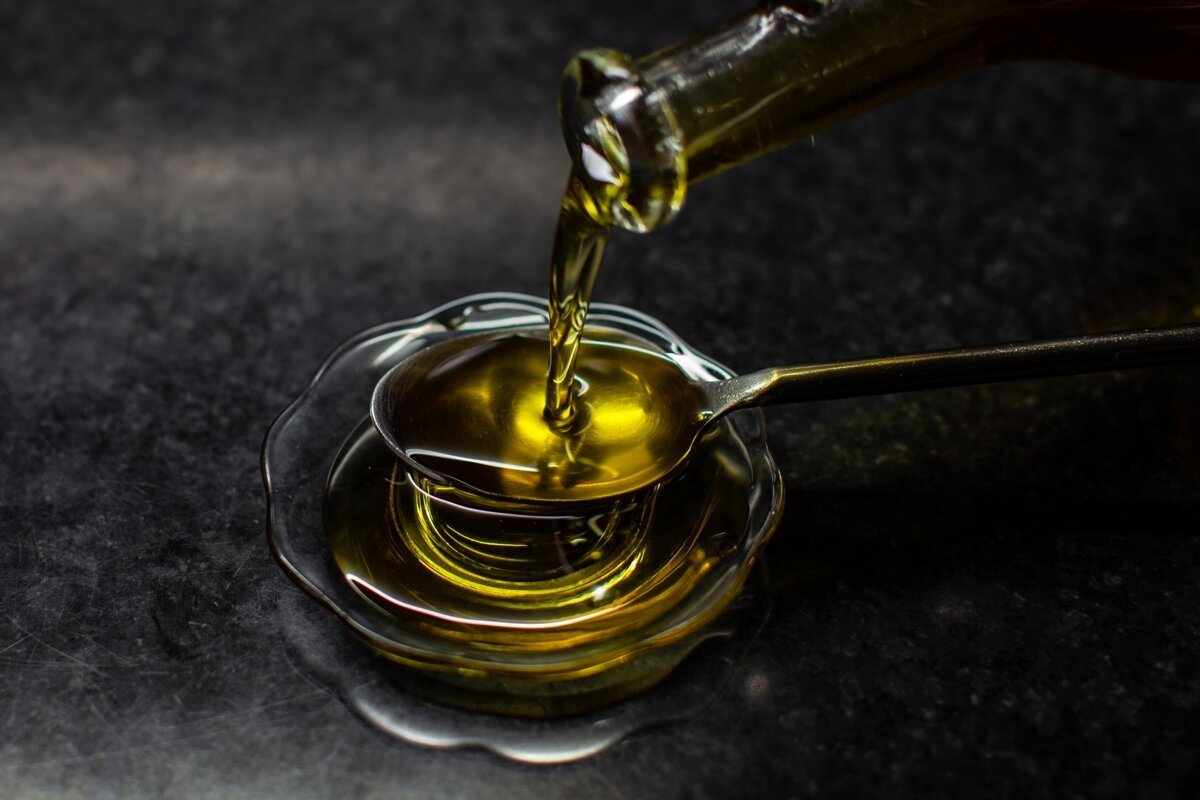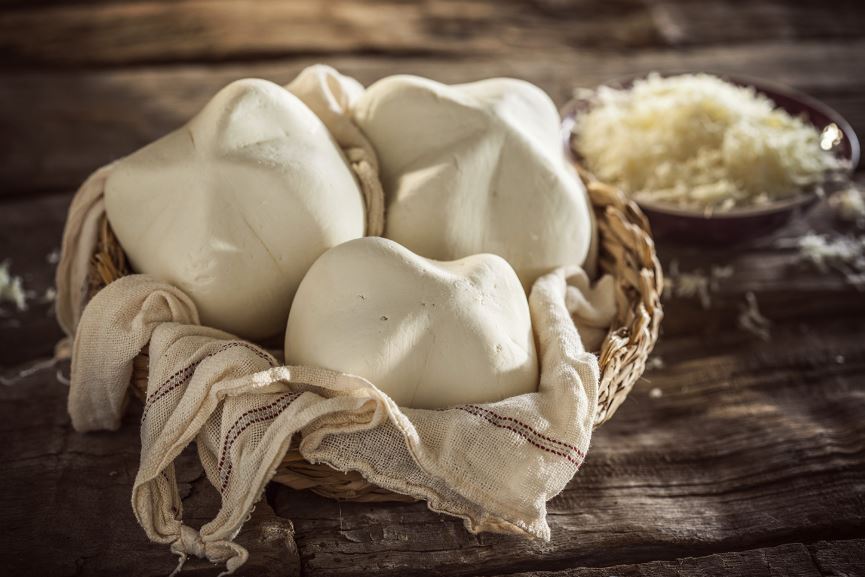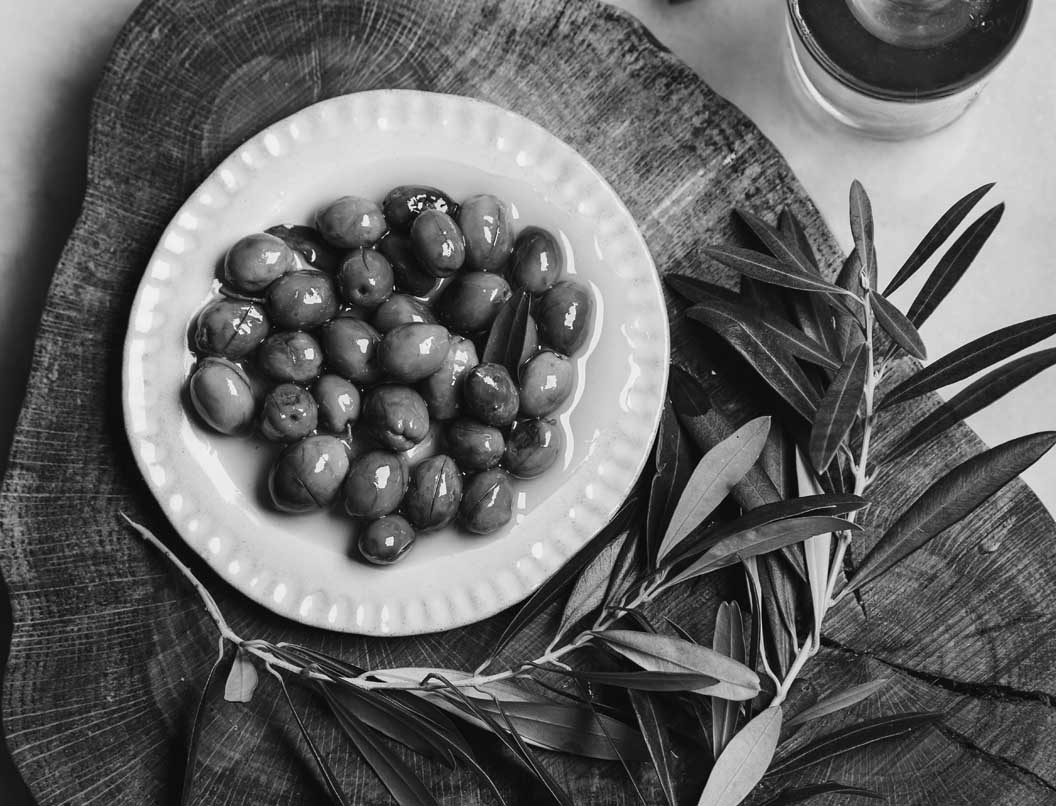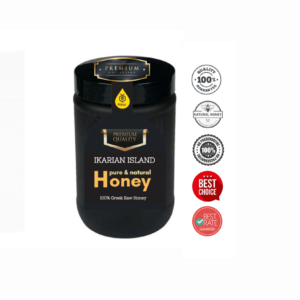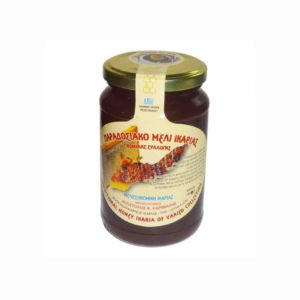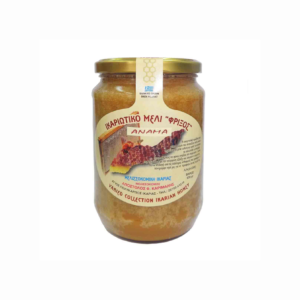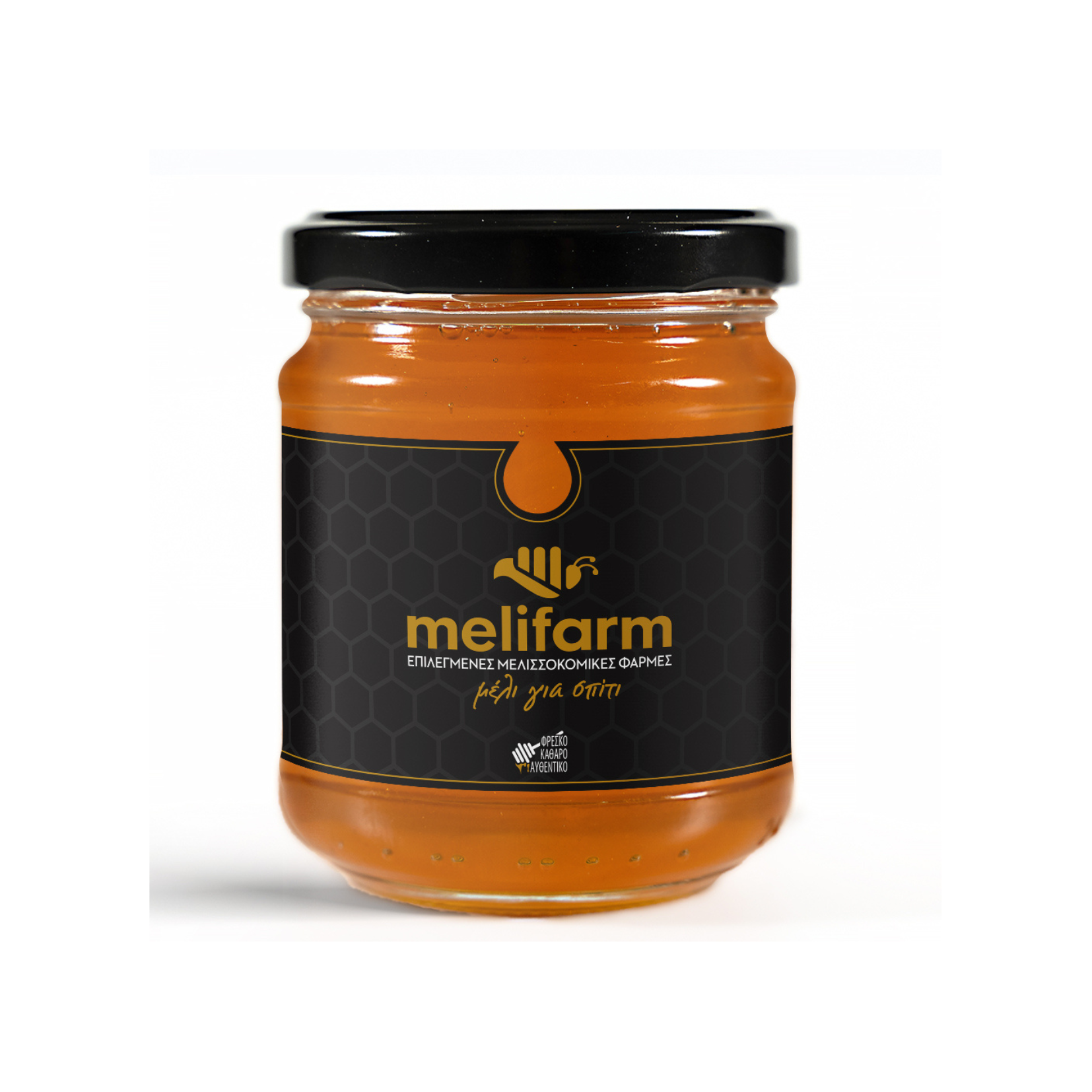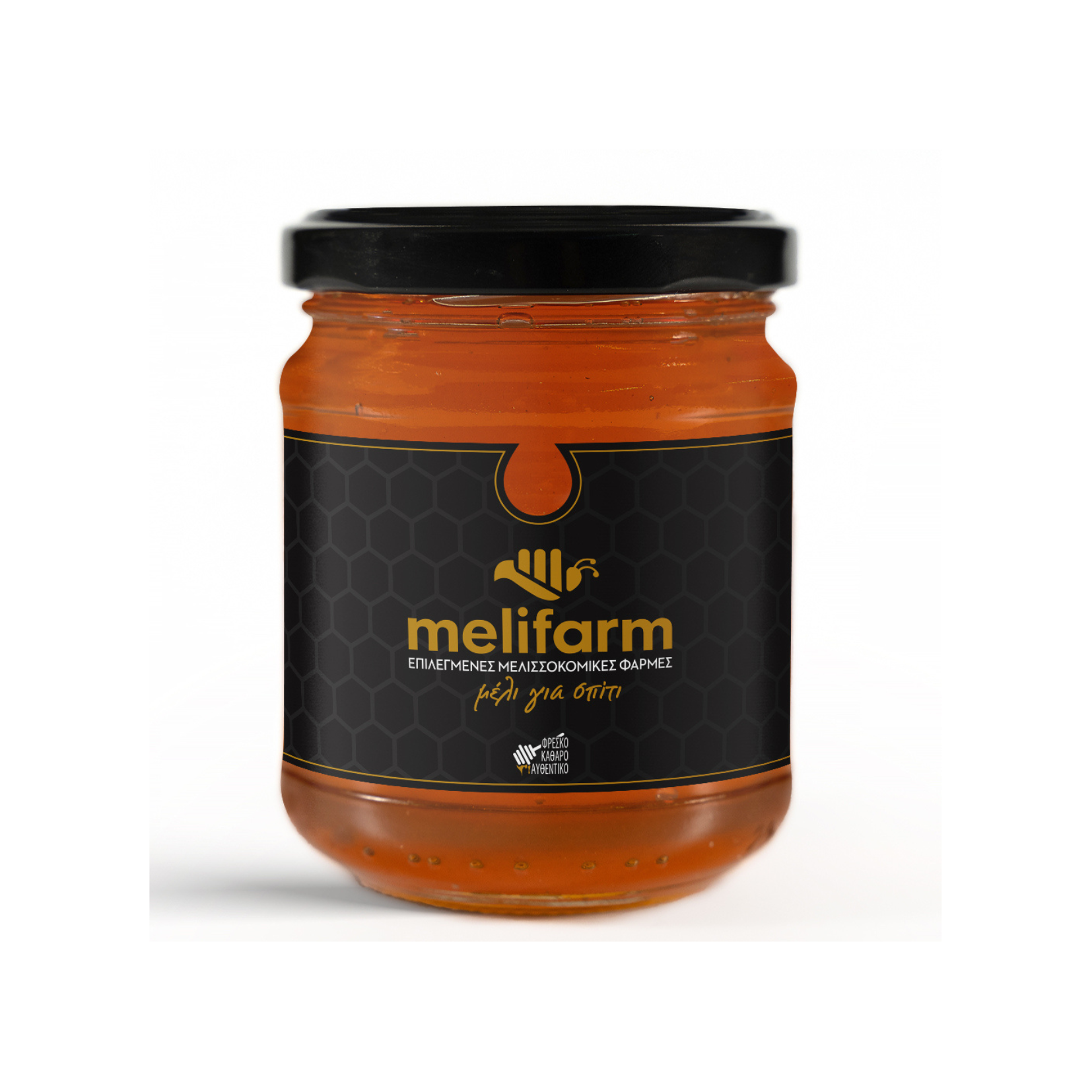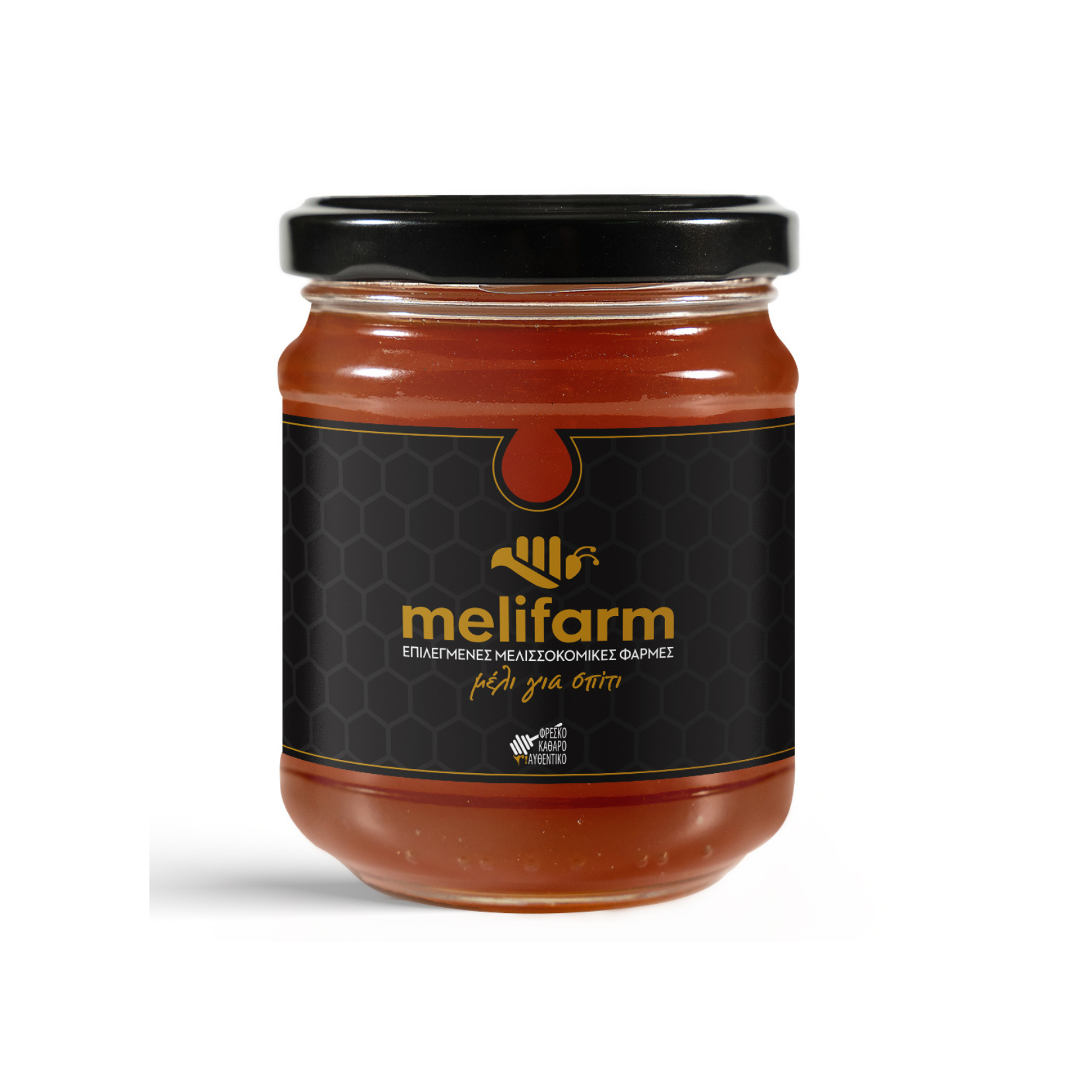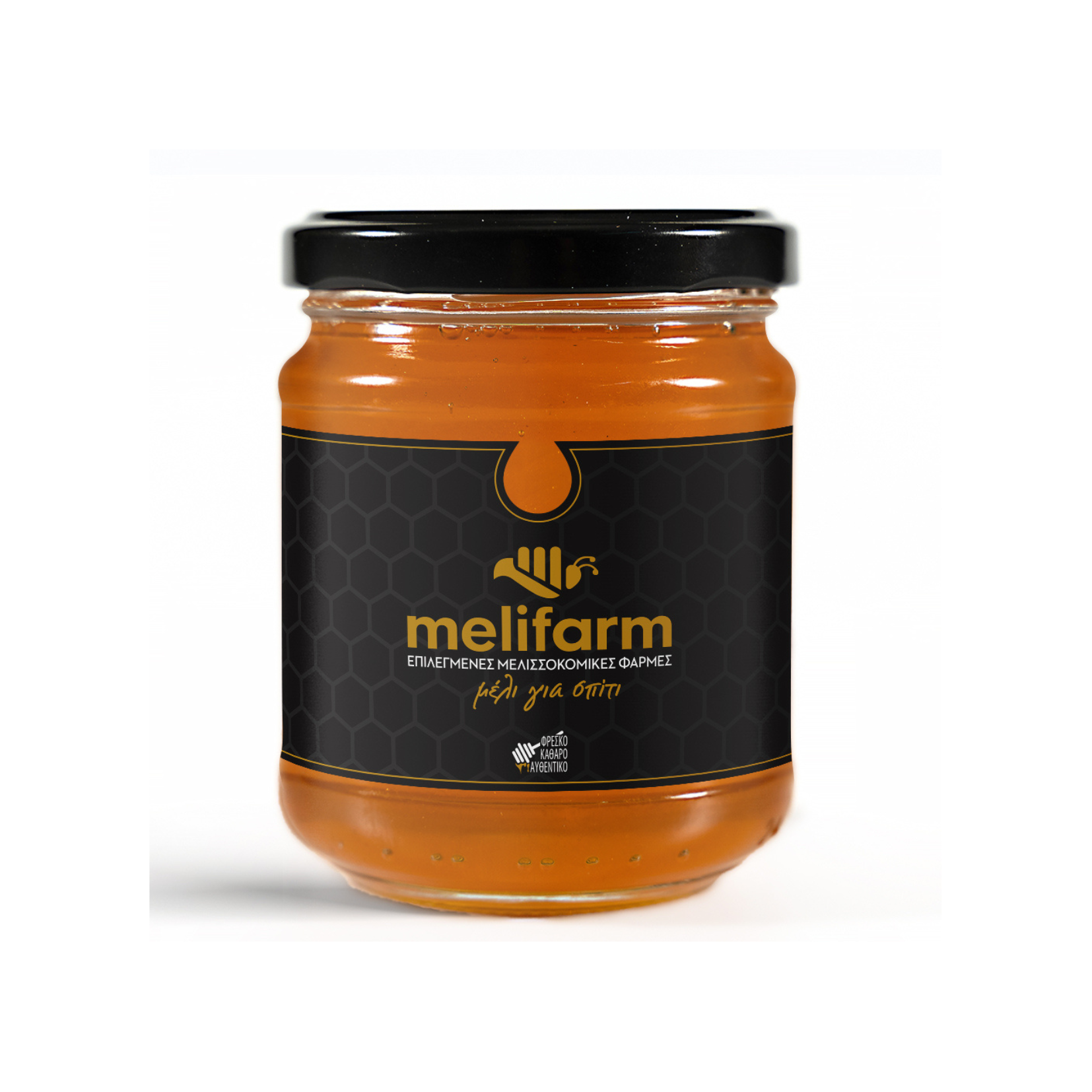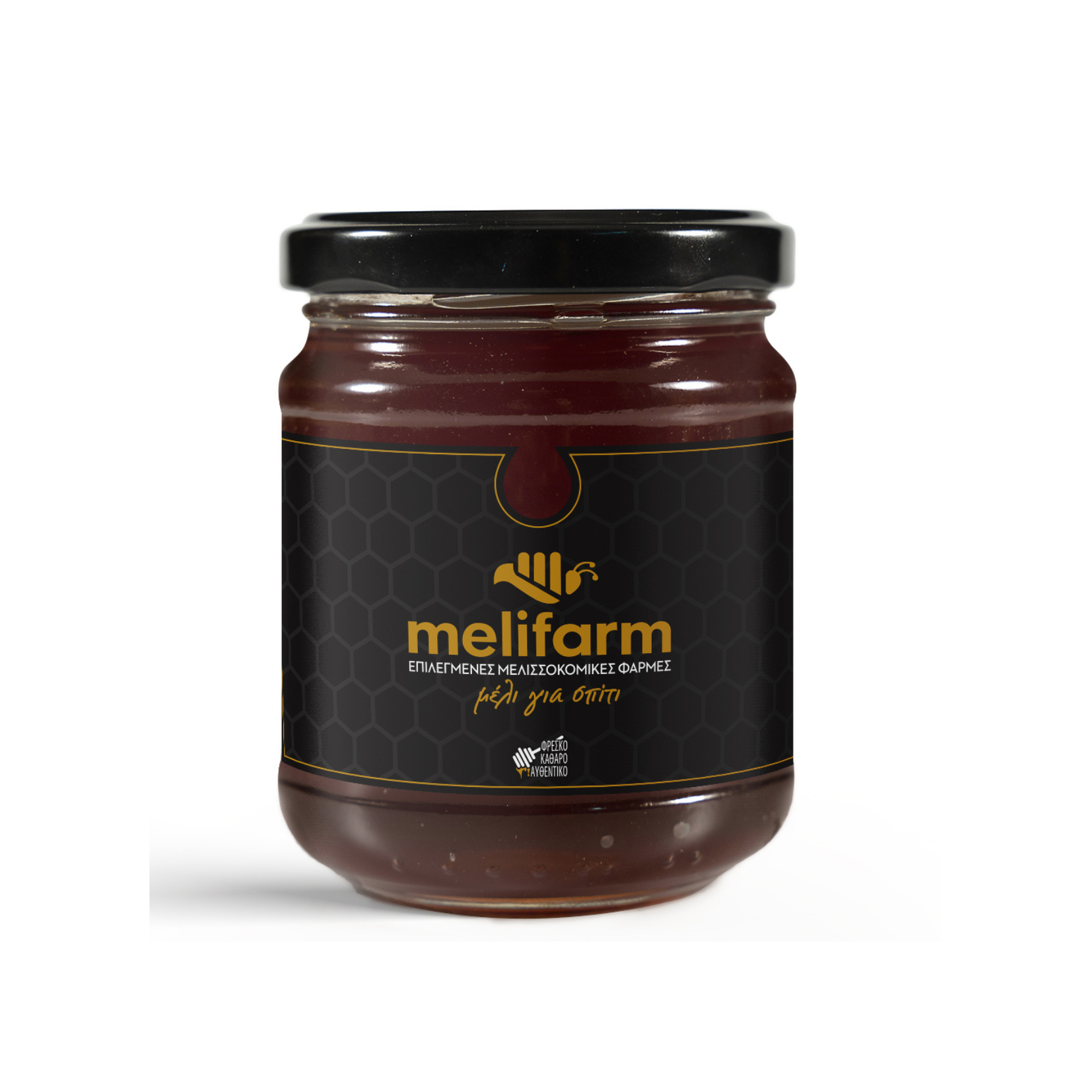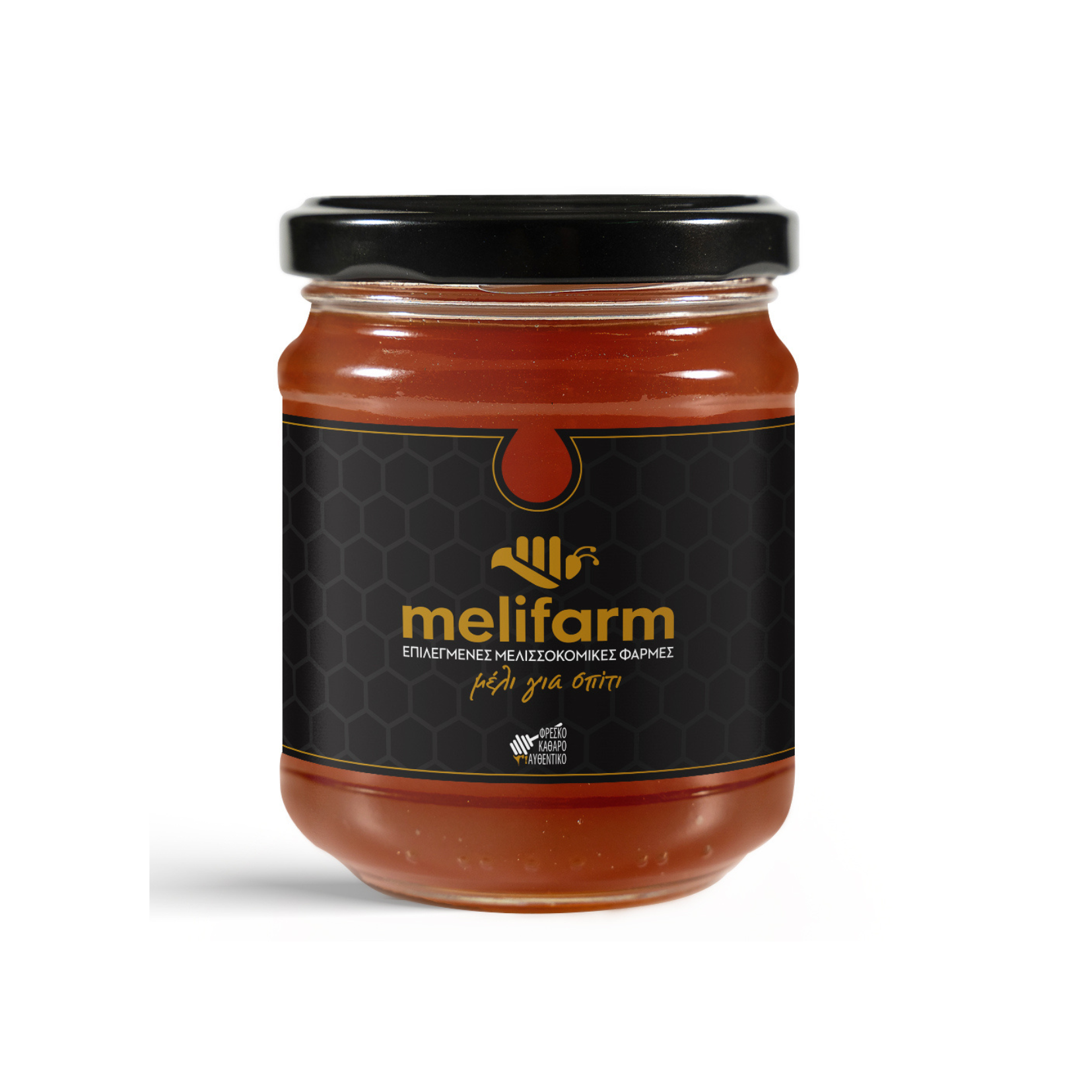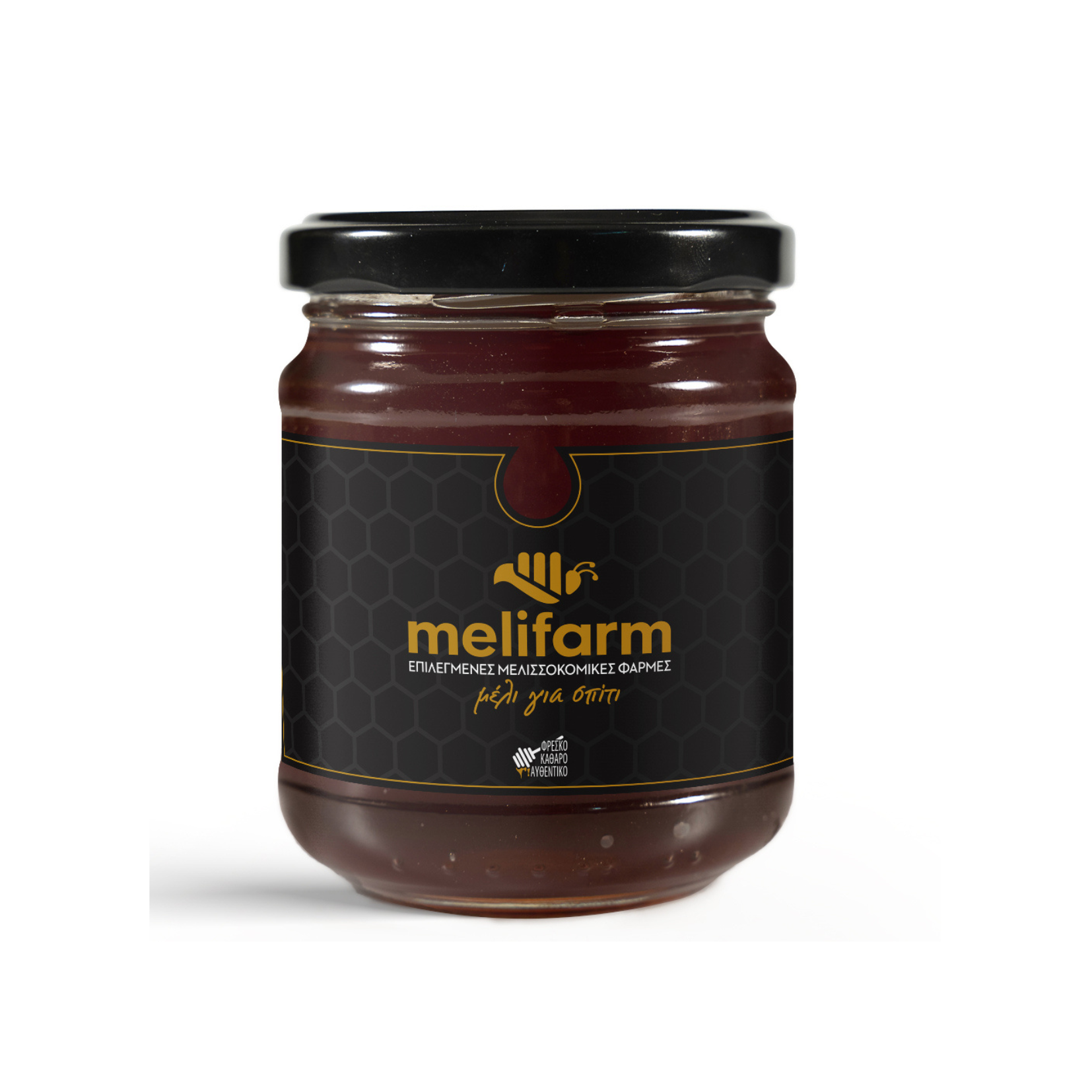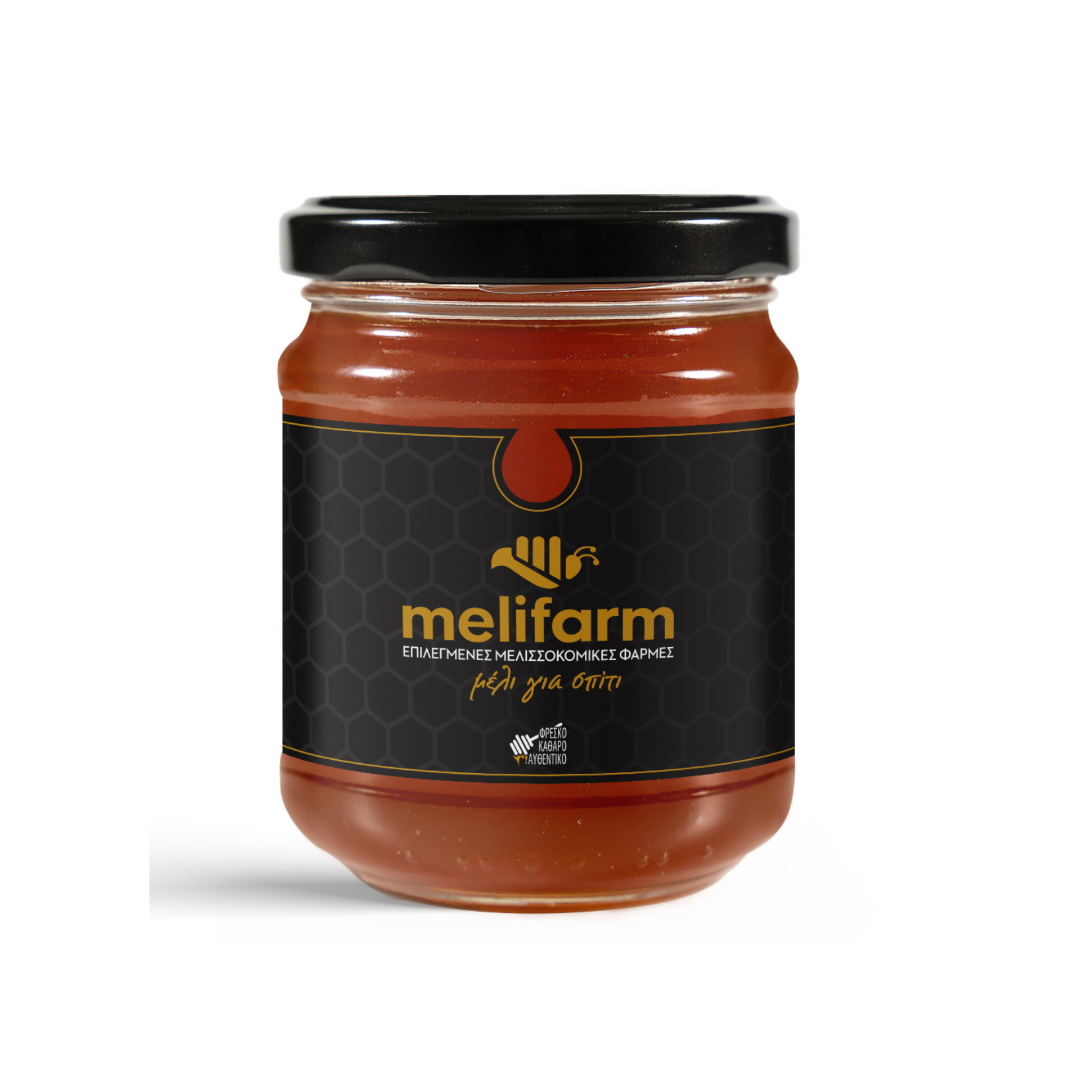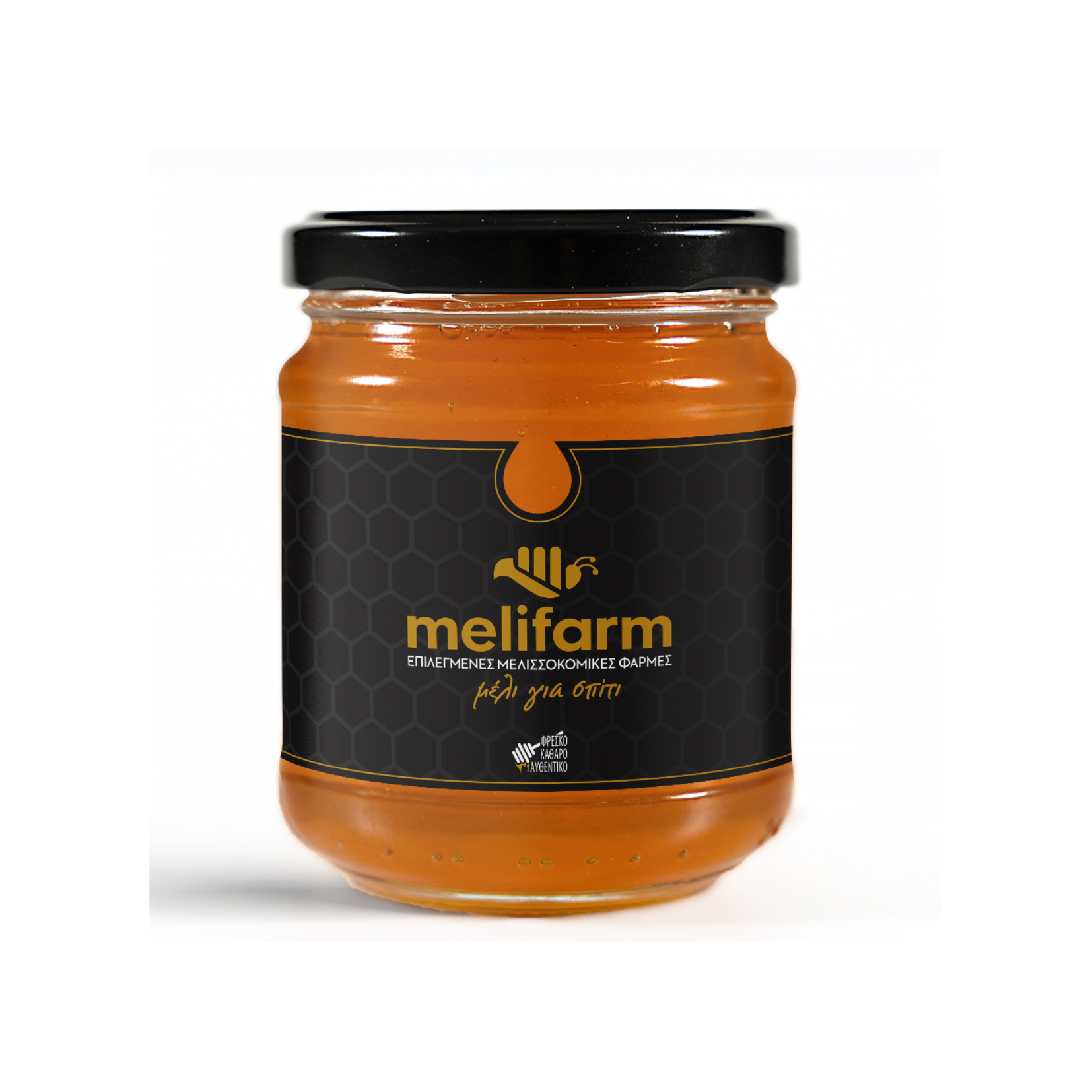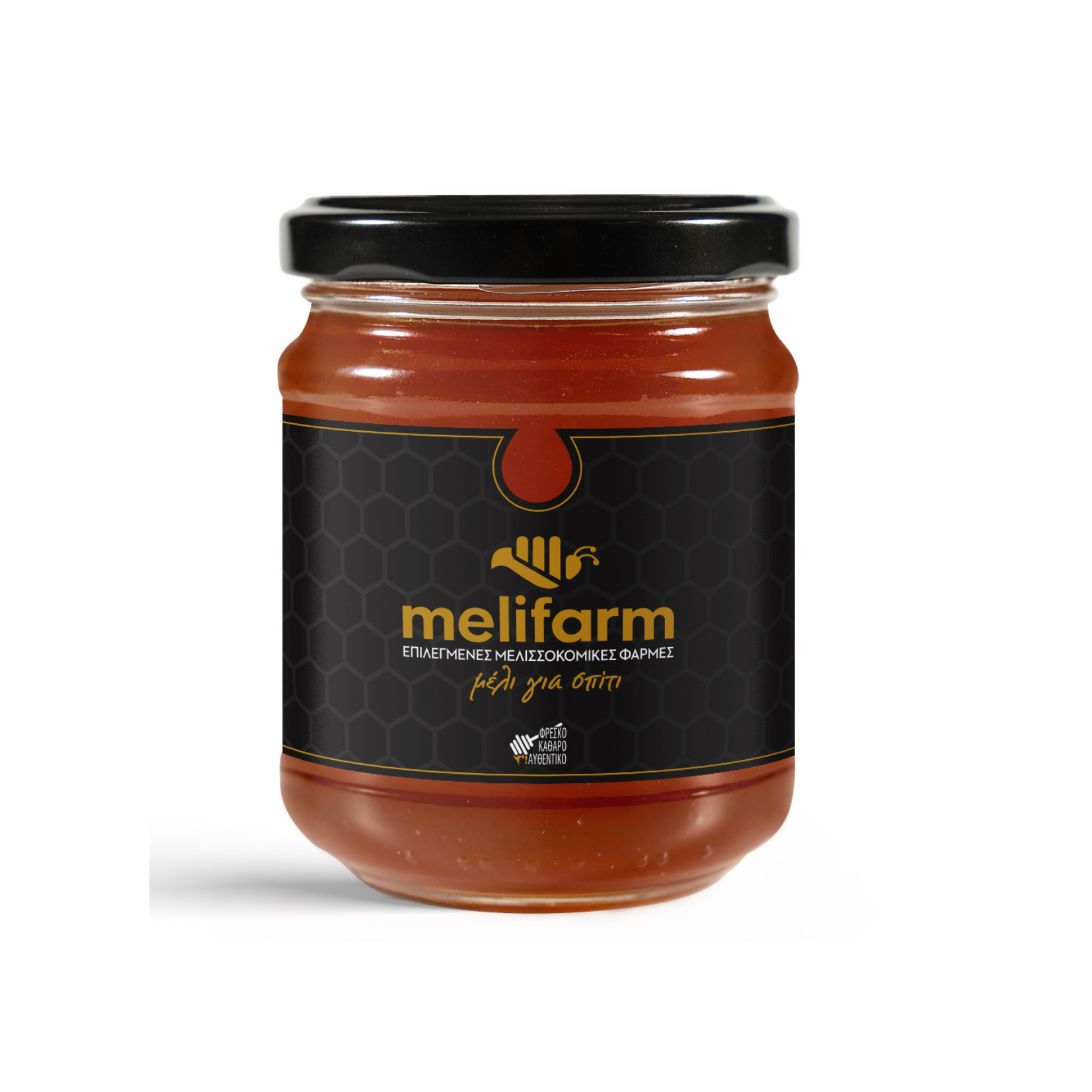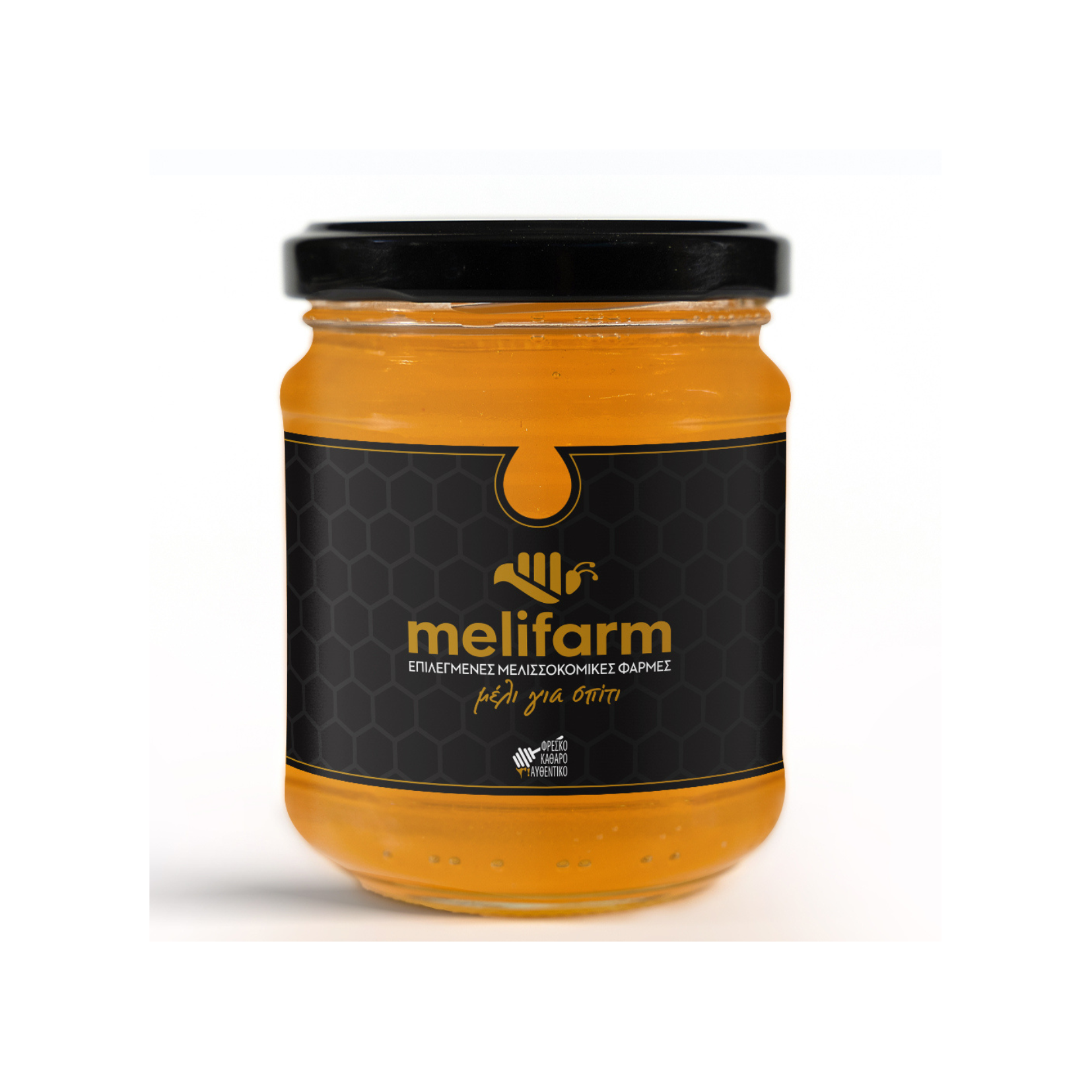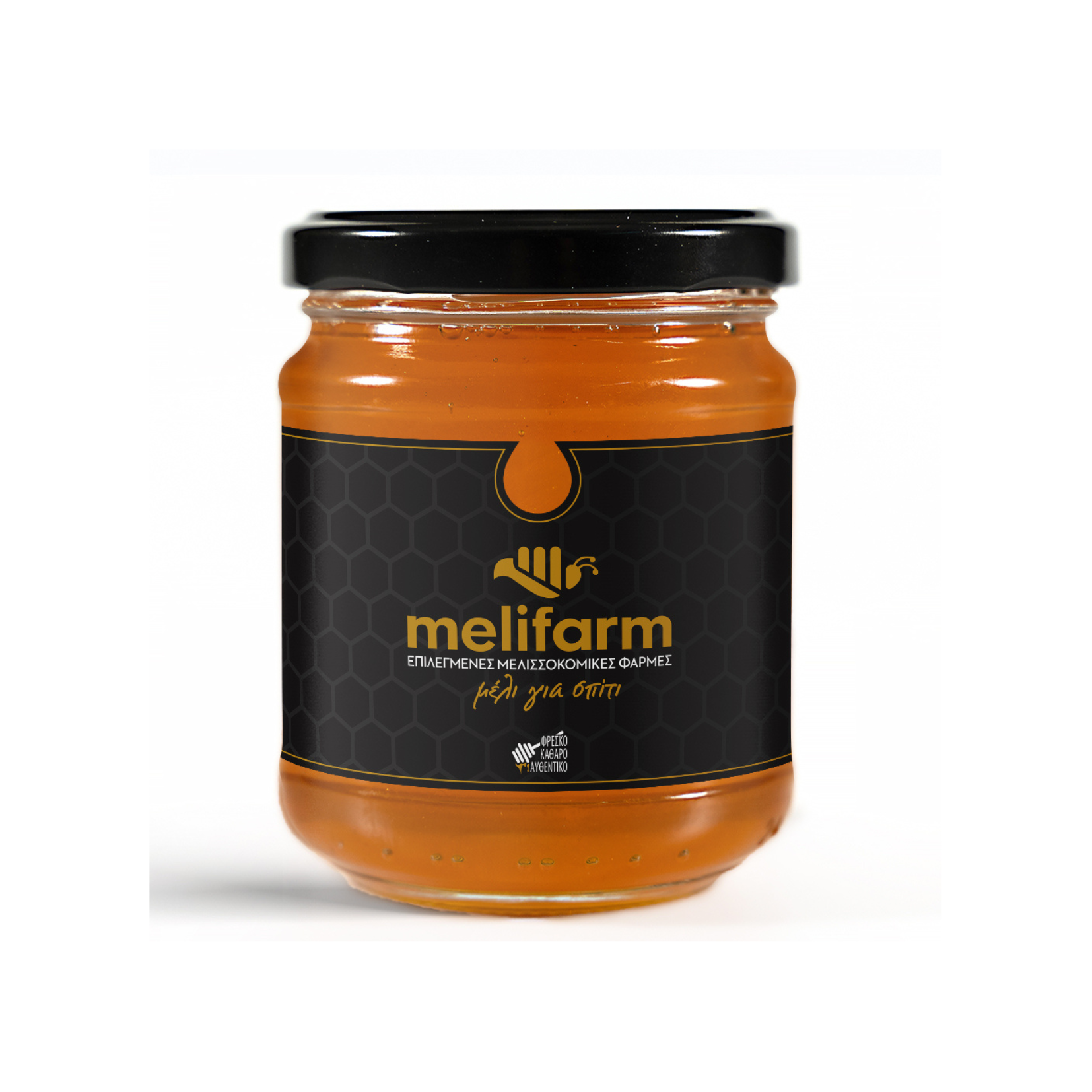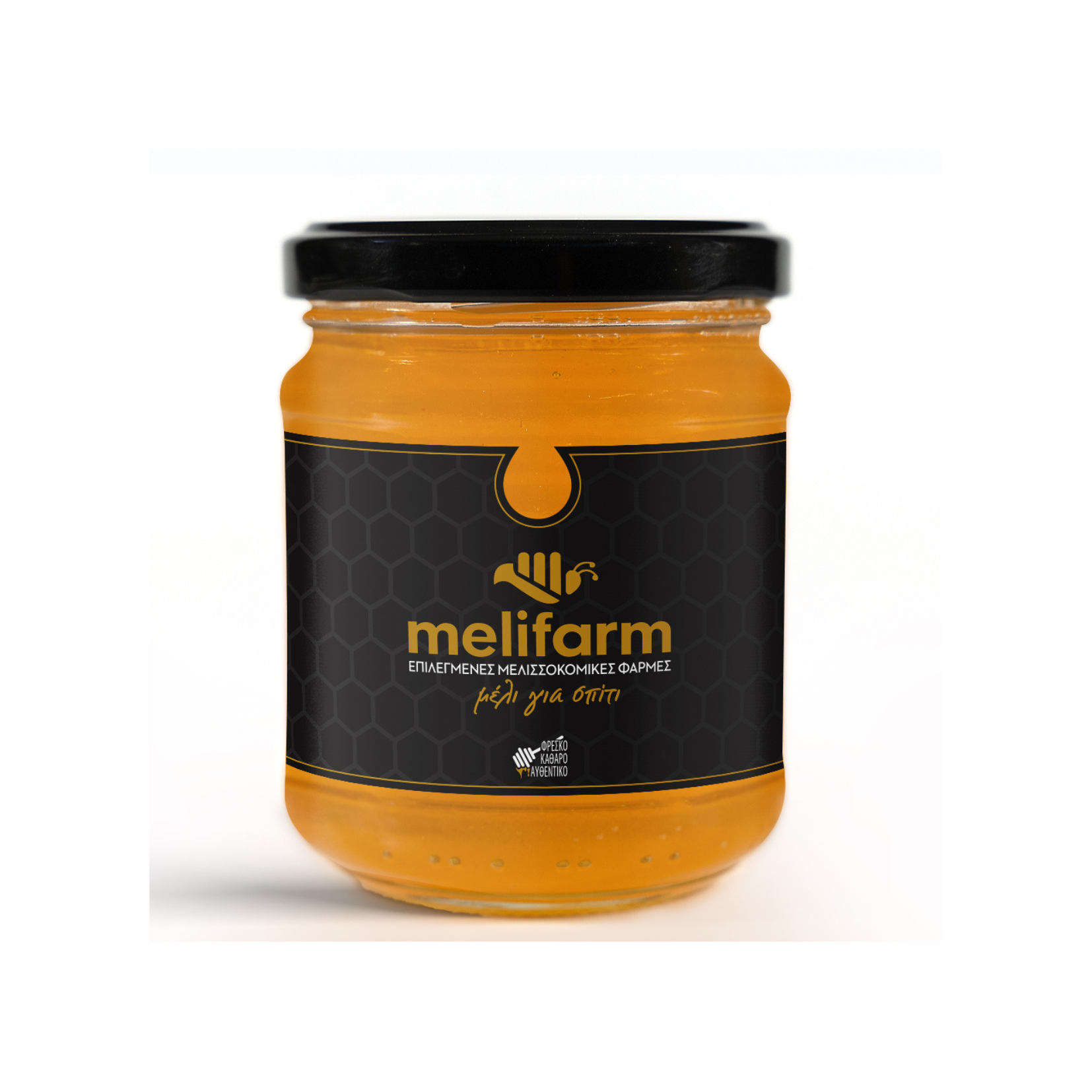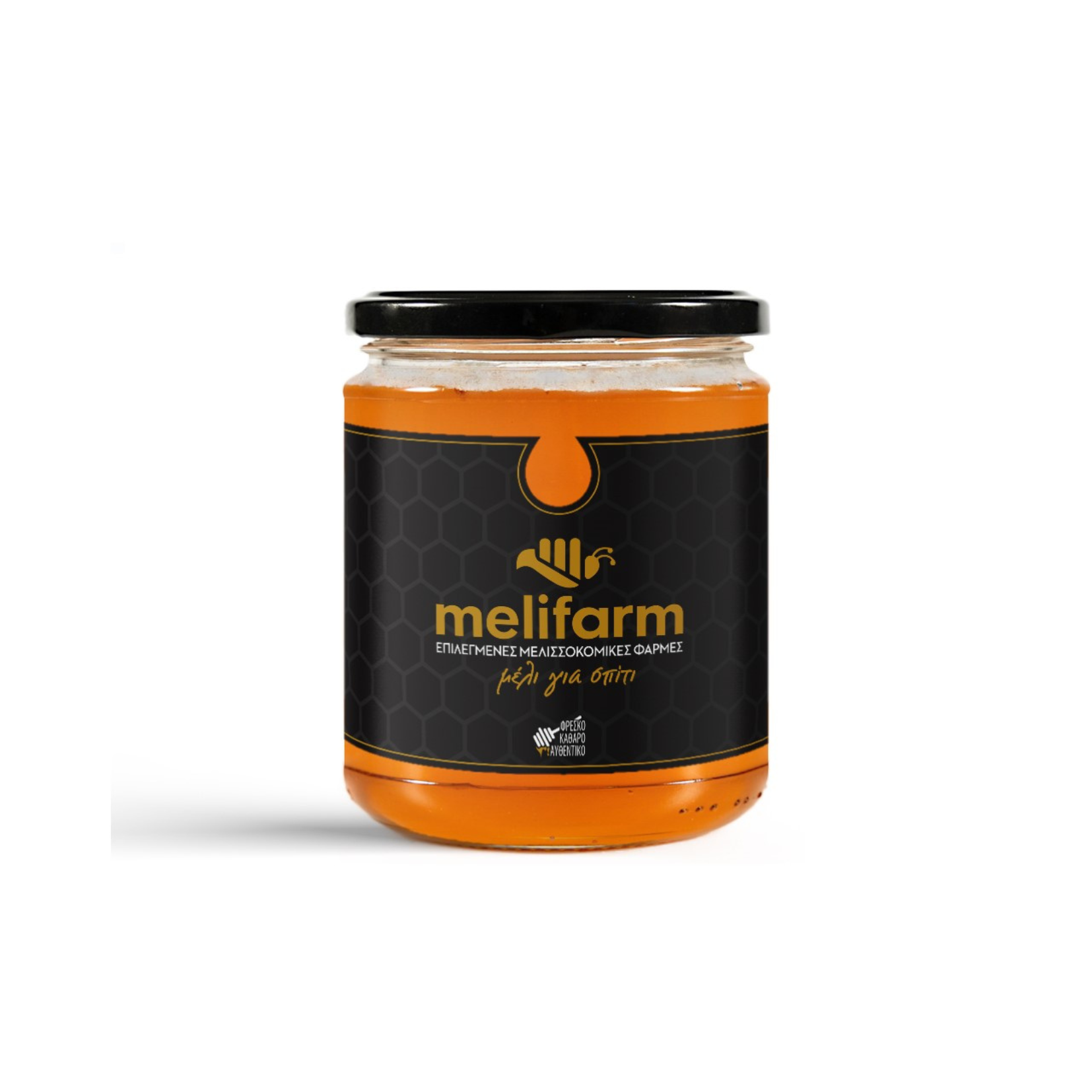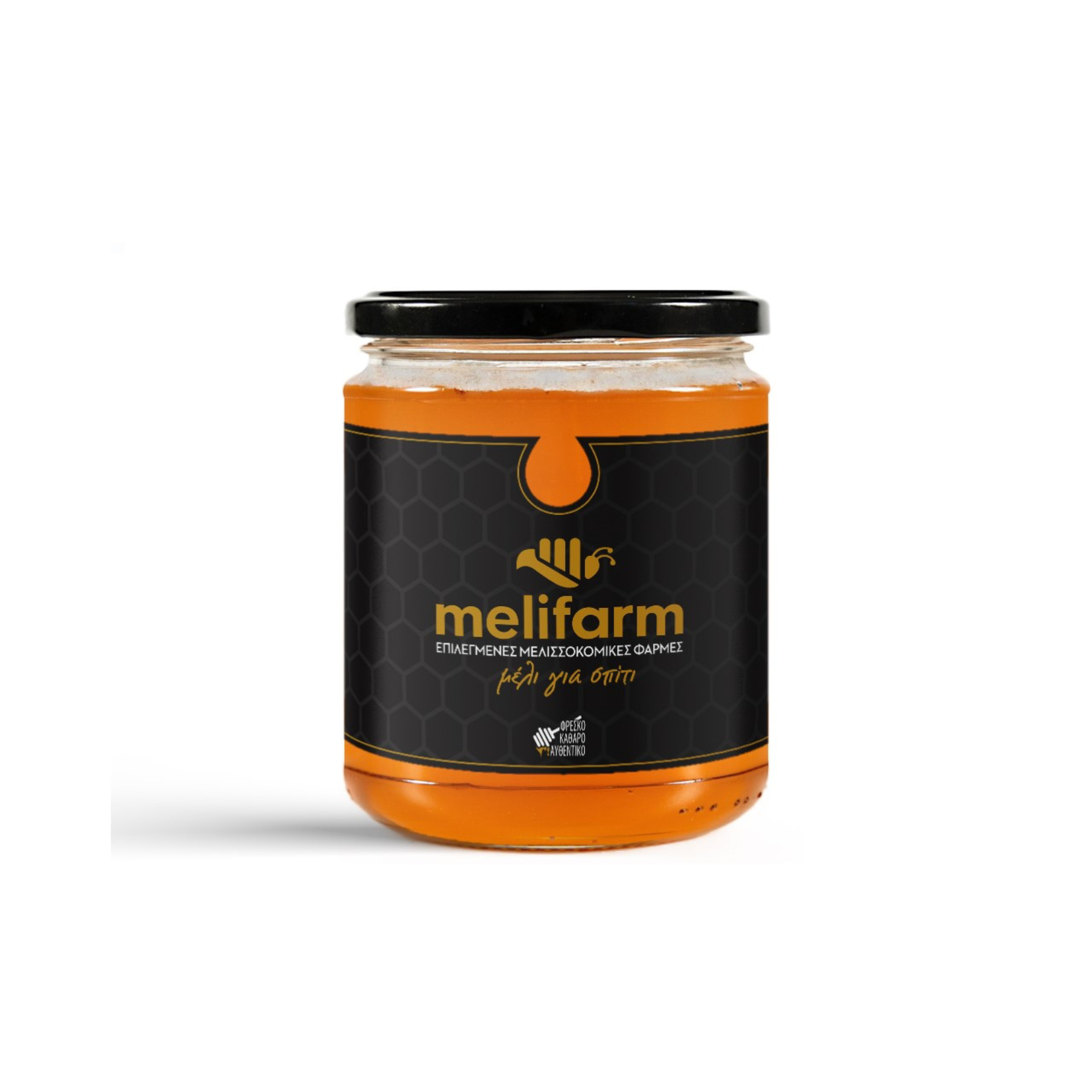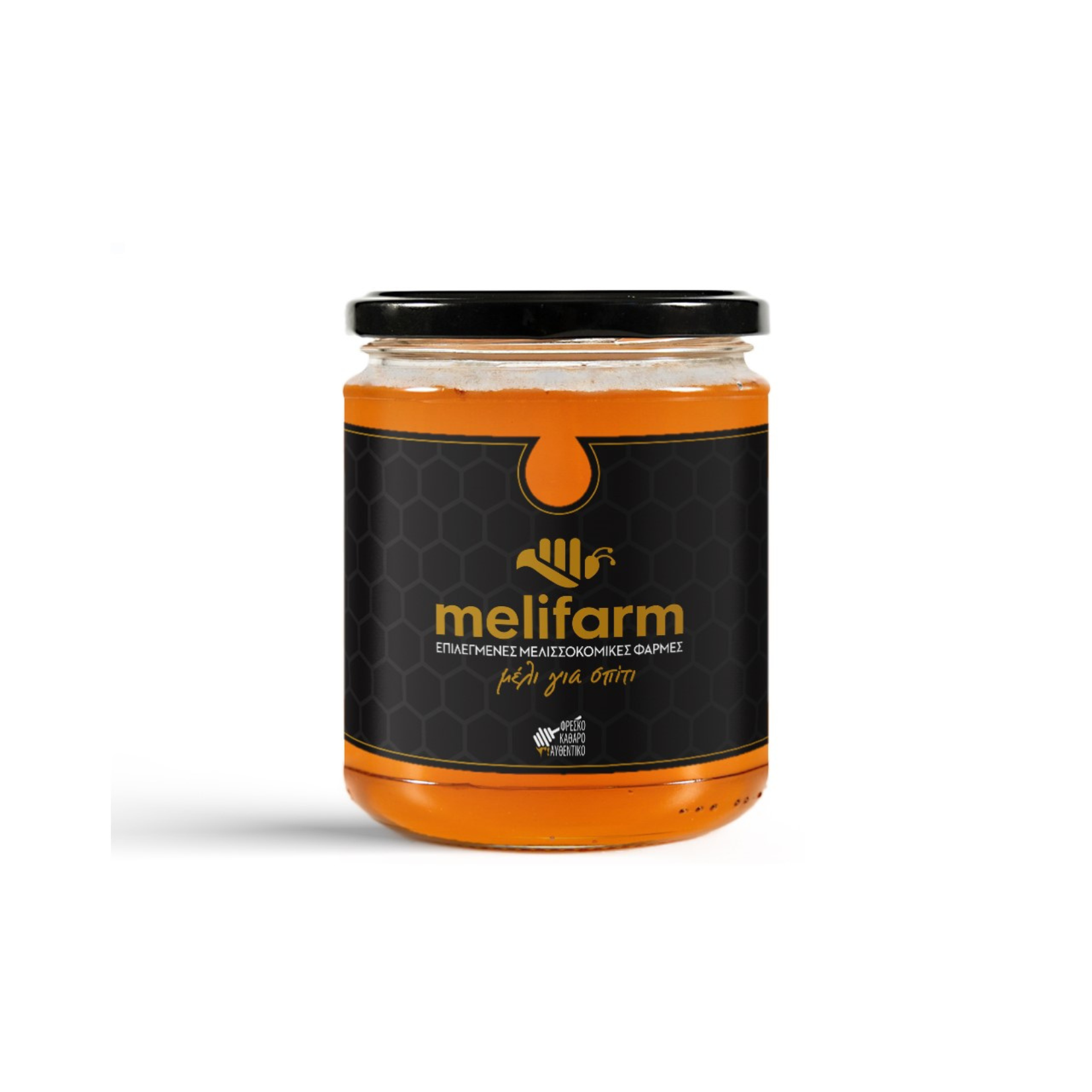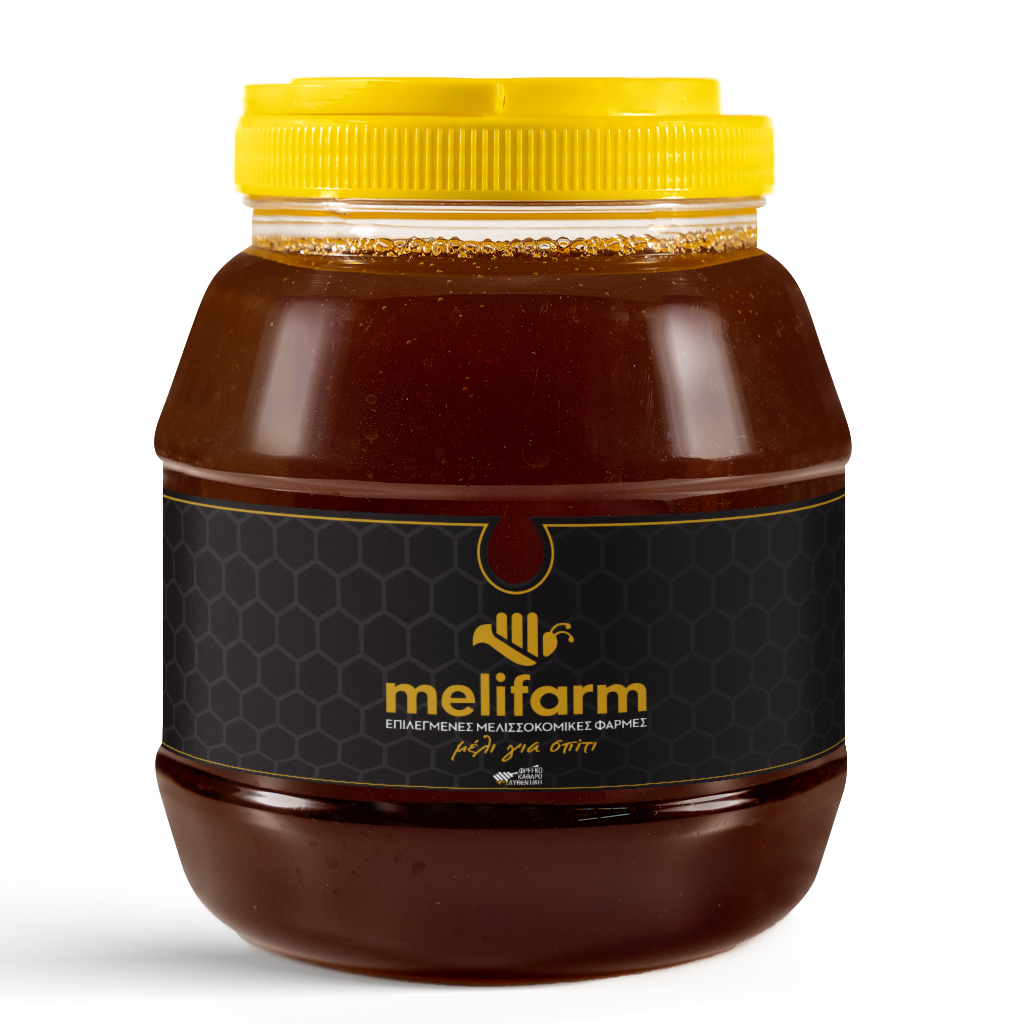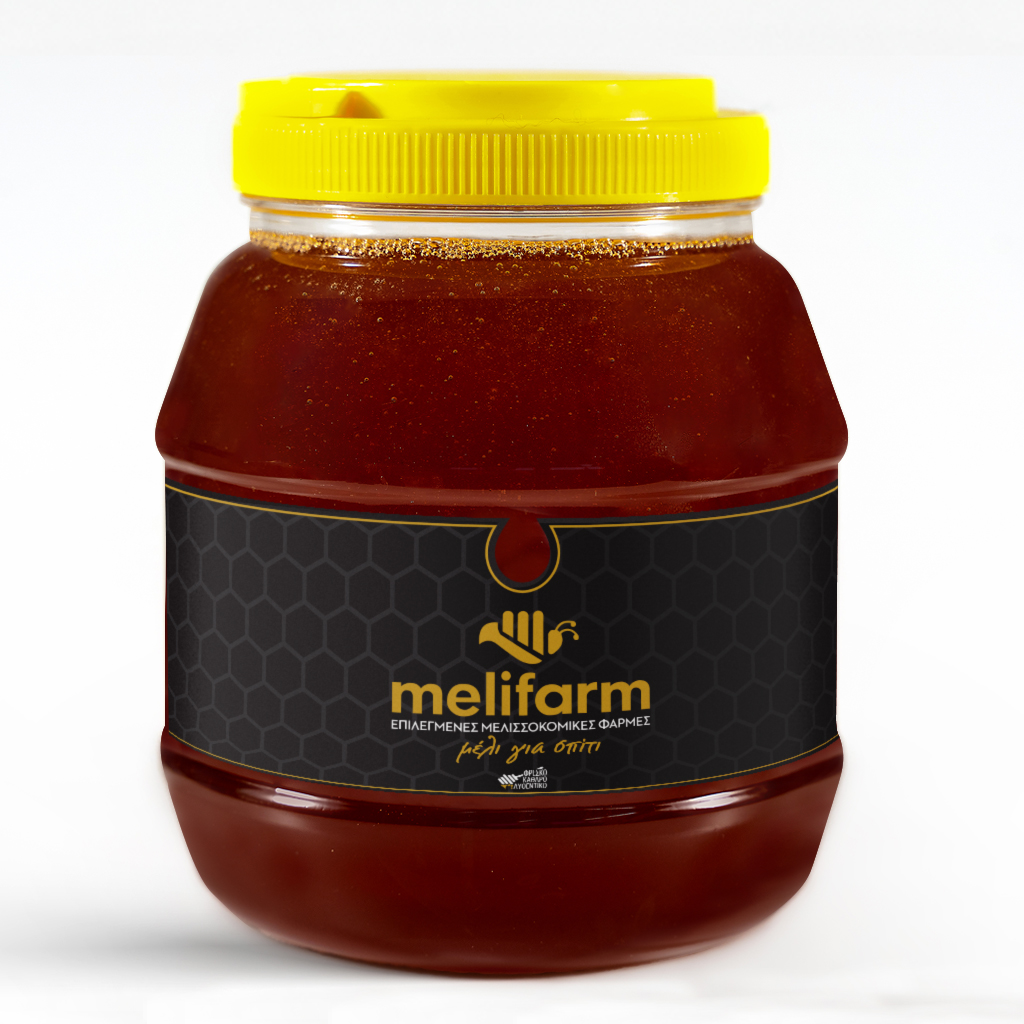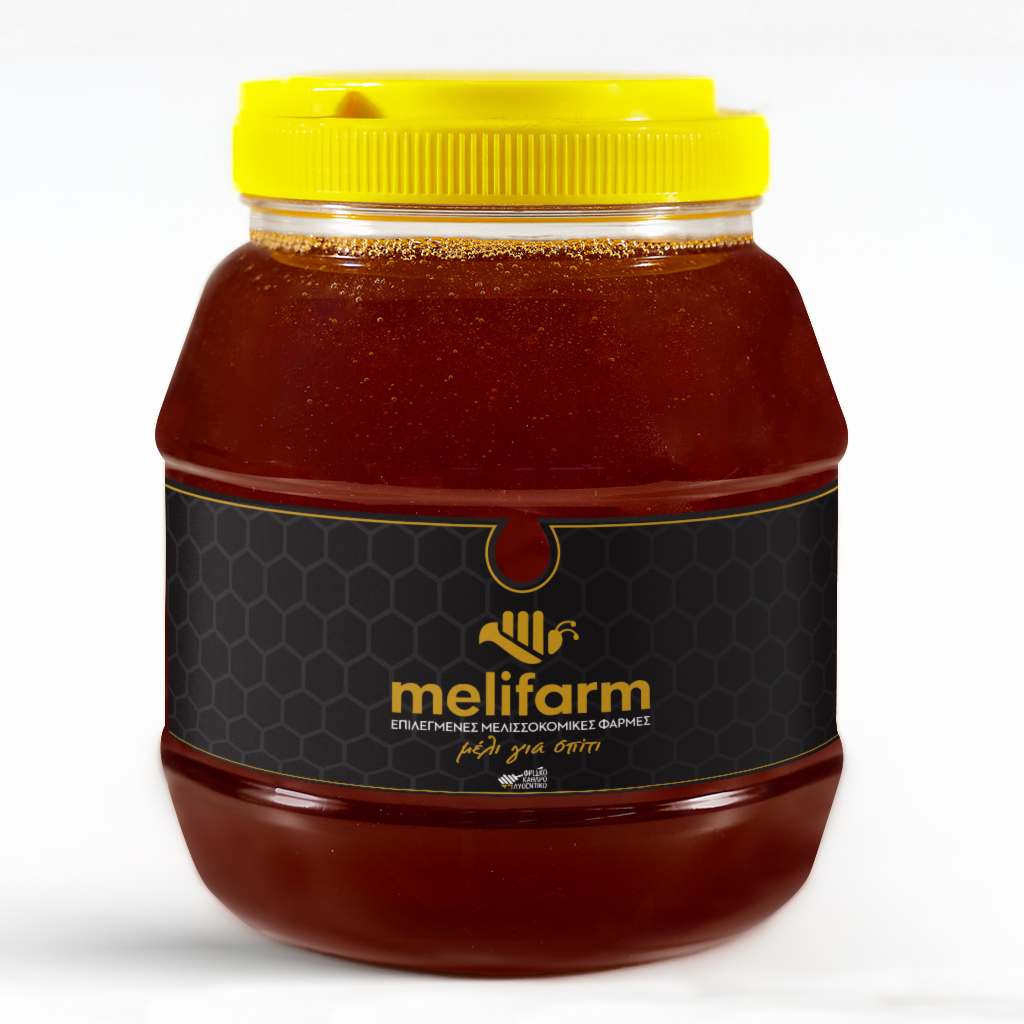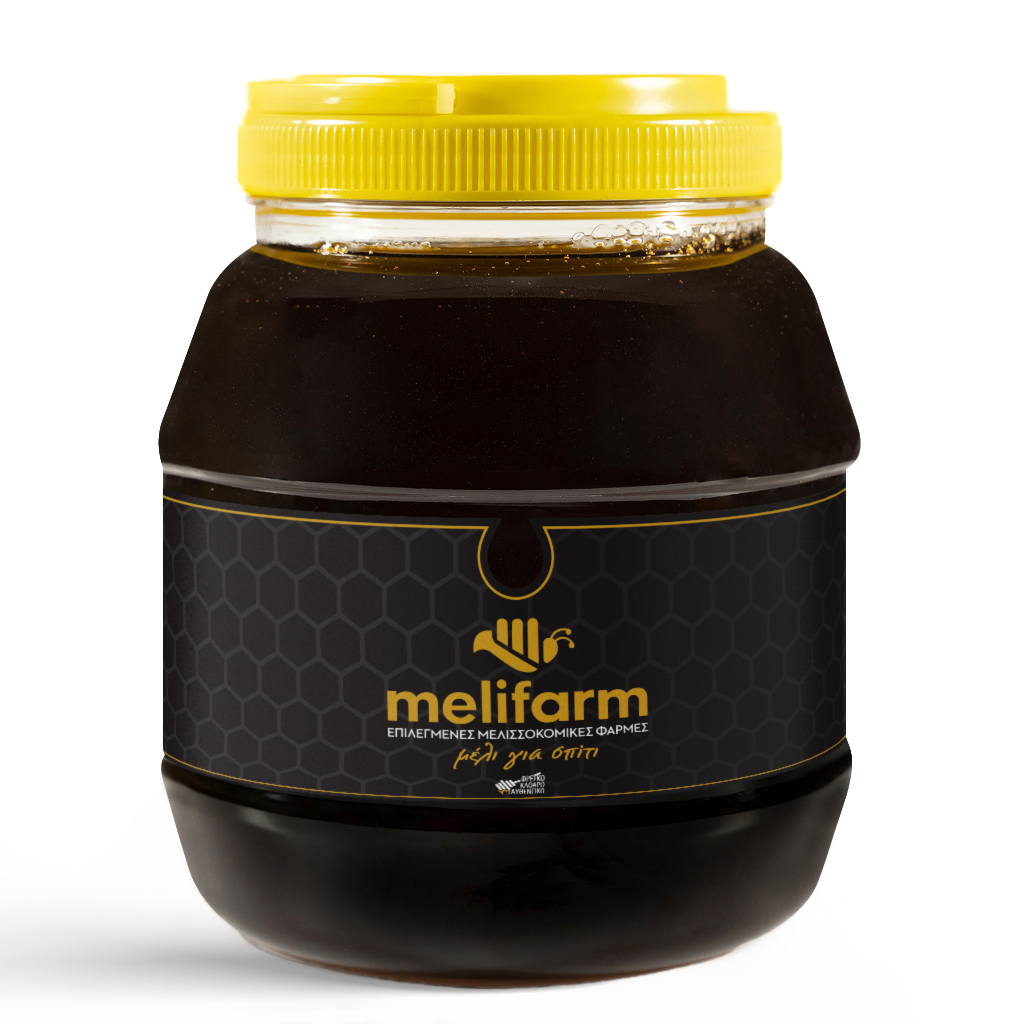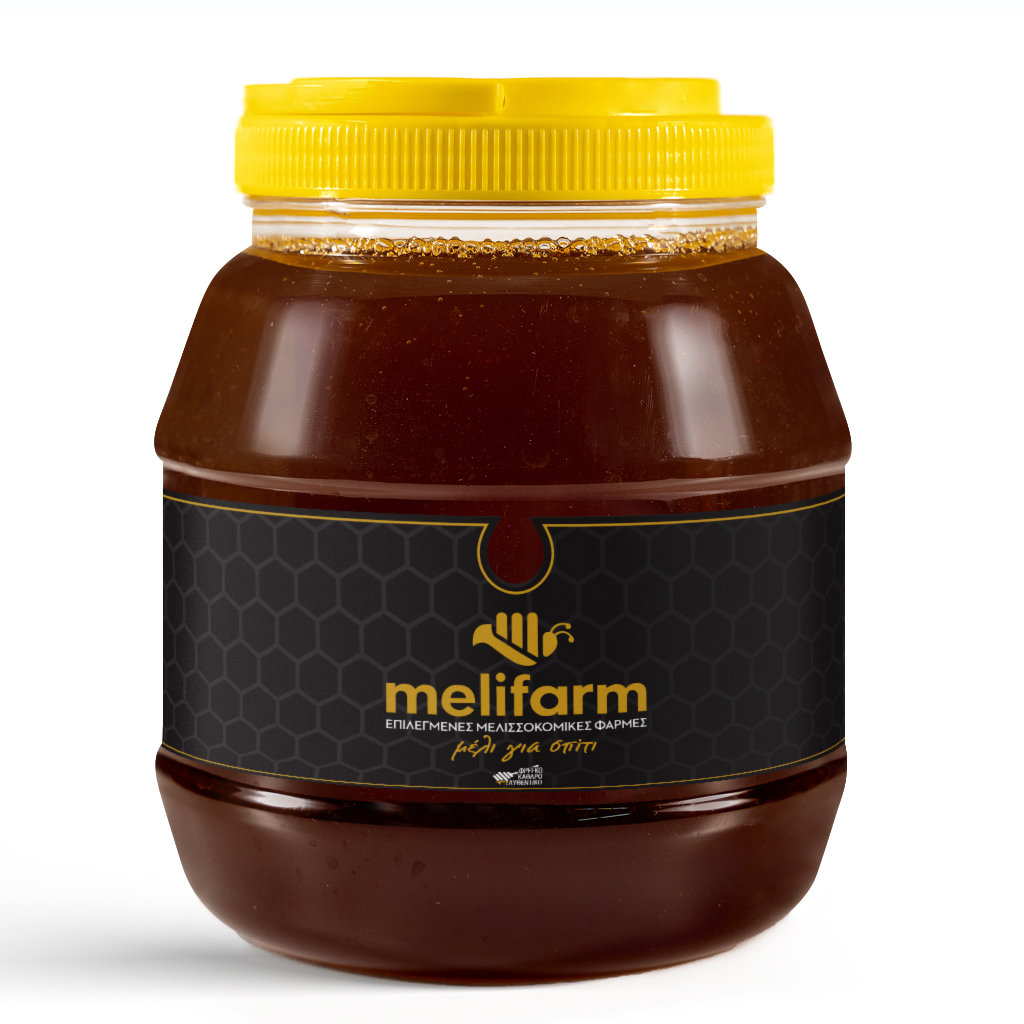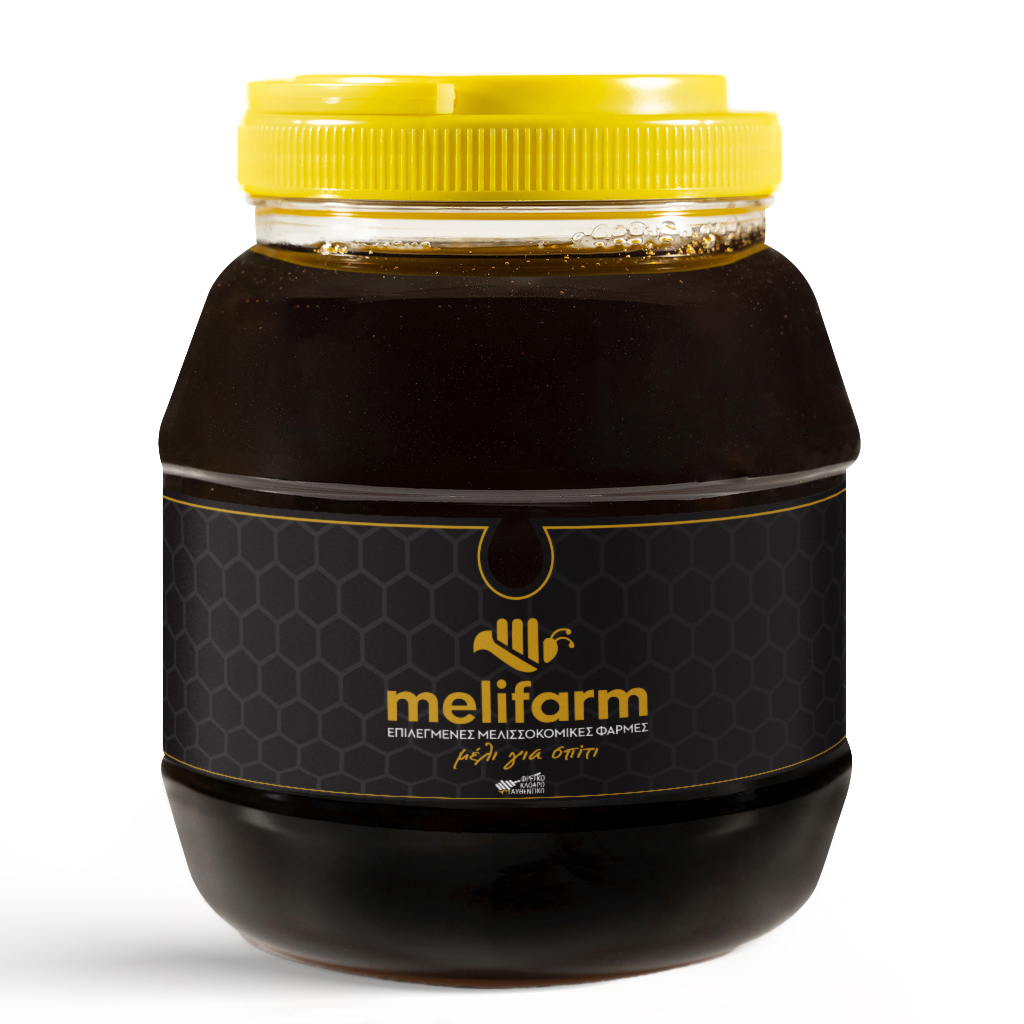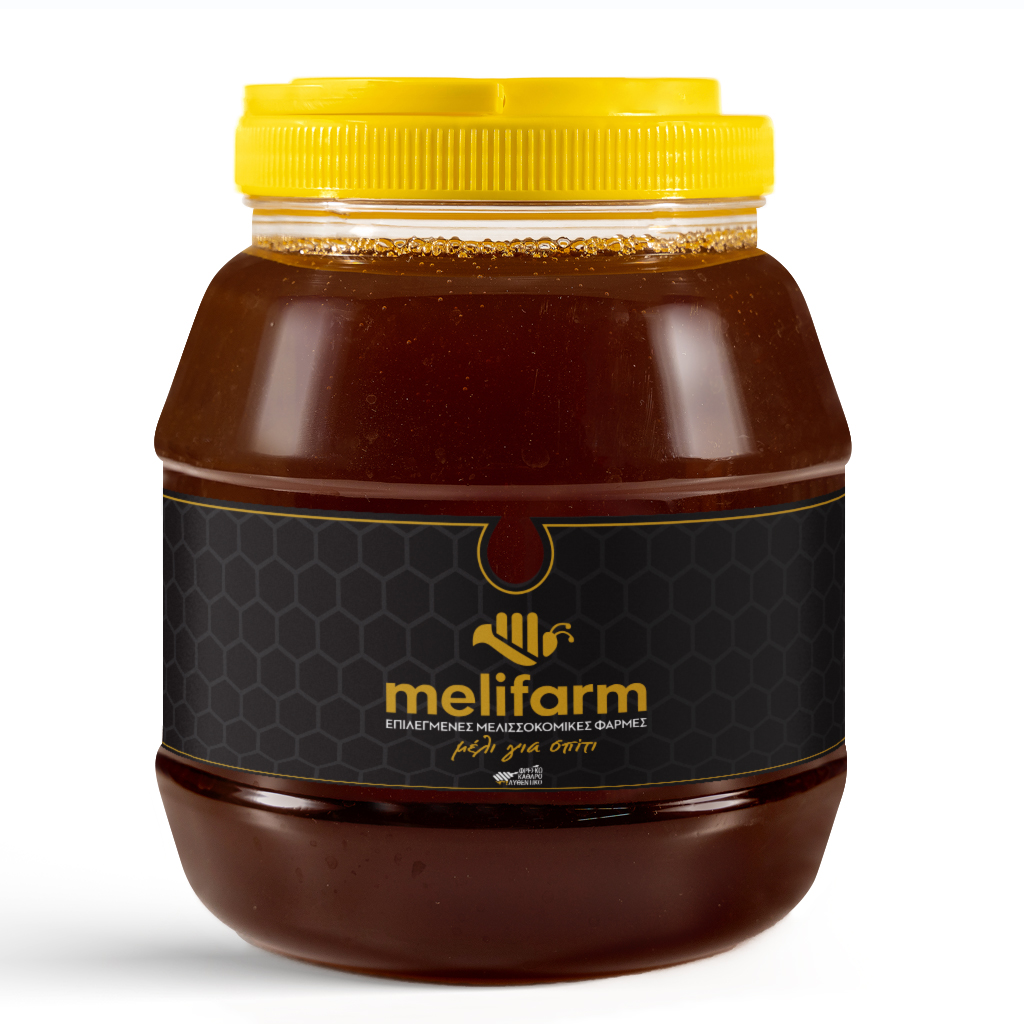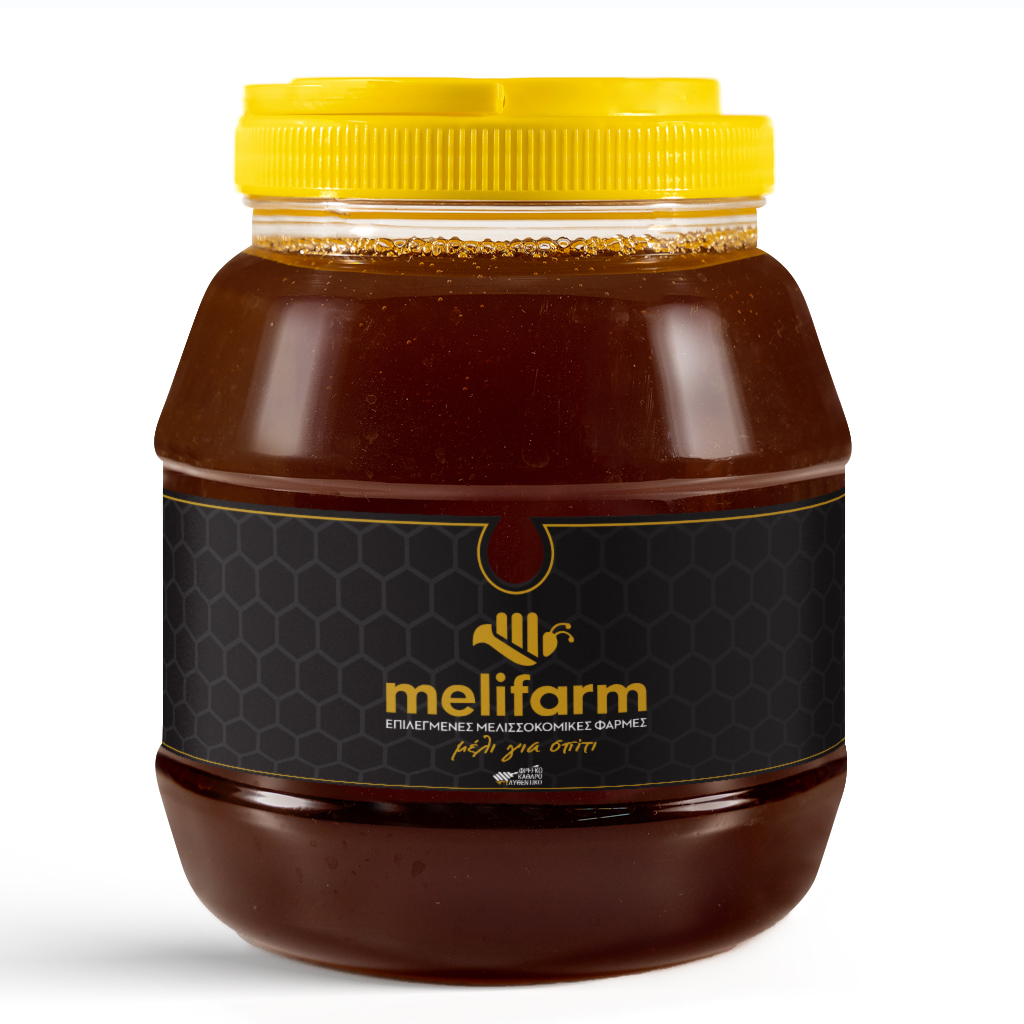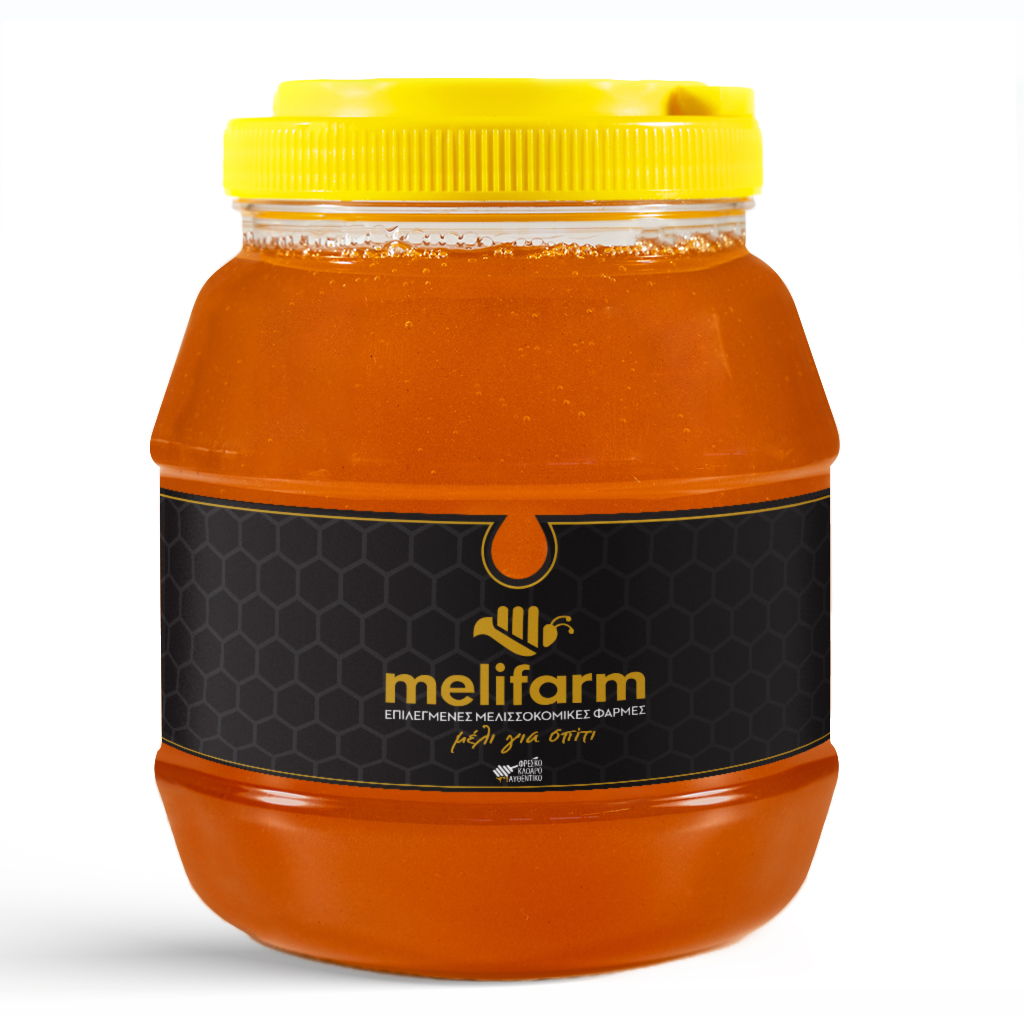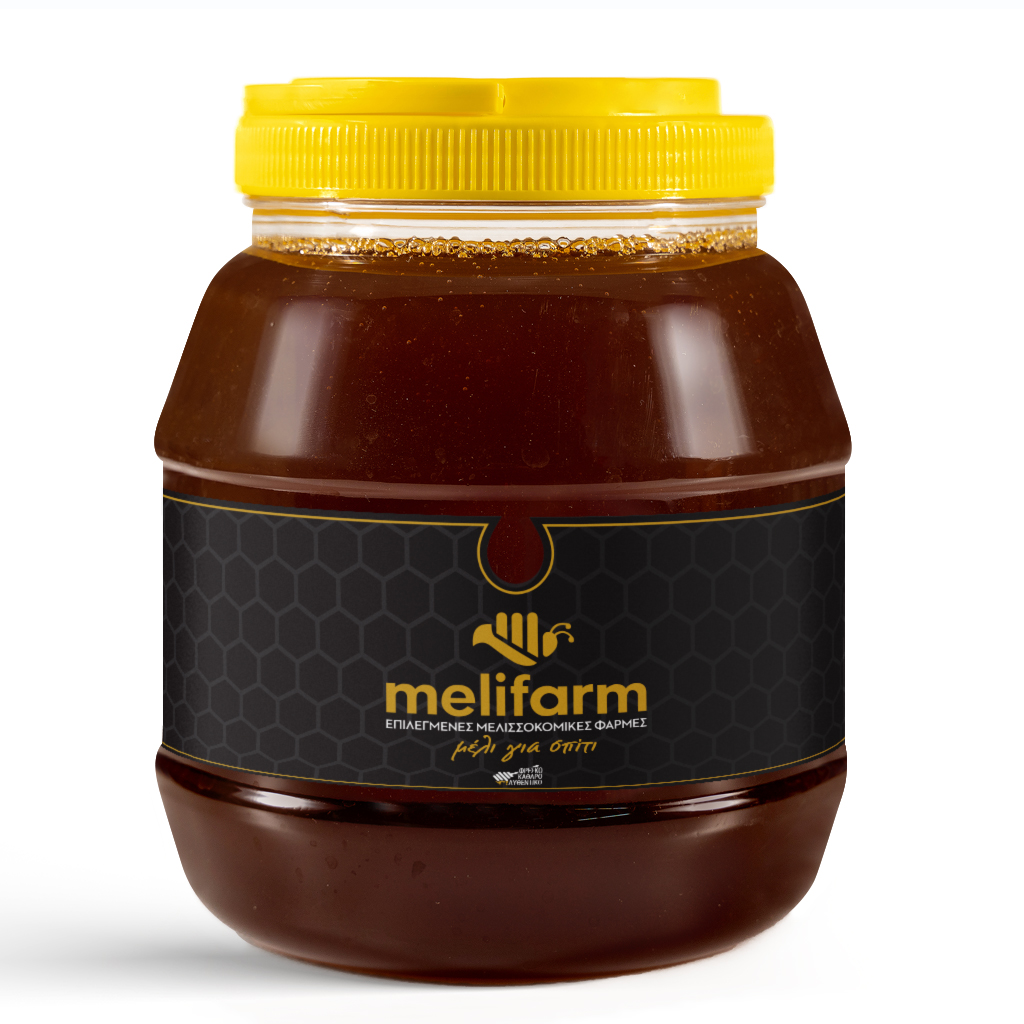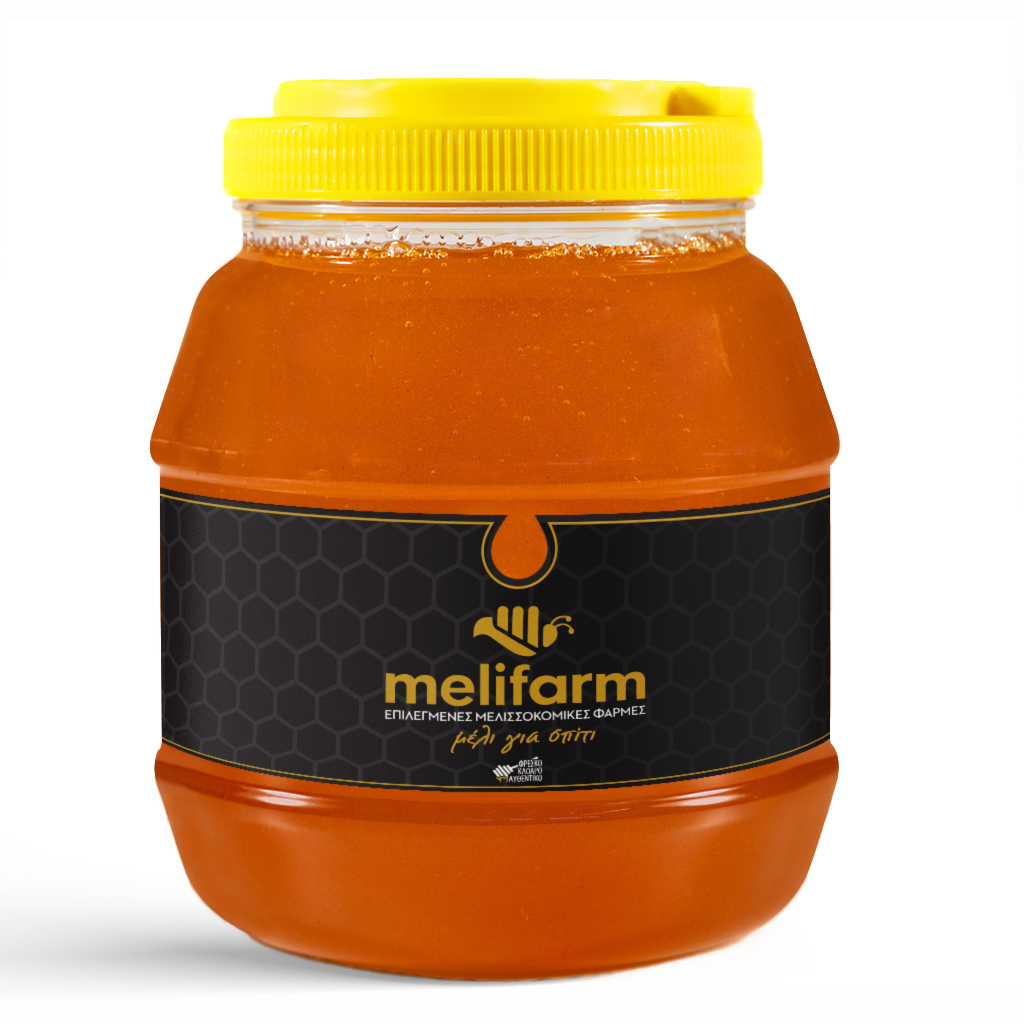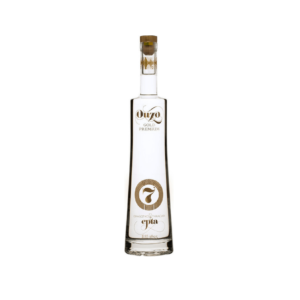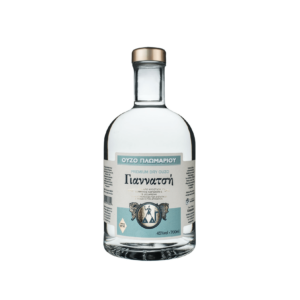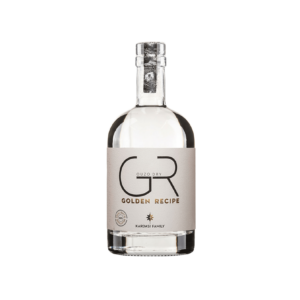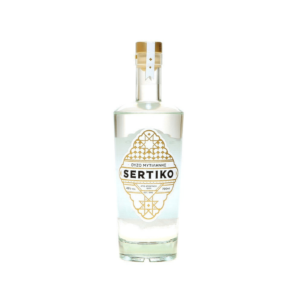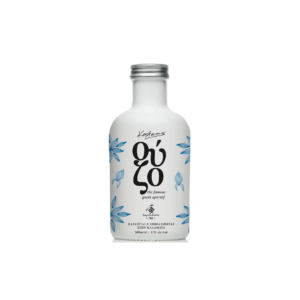Authentic Greek Products
Quality Beyond
the Limit
Feel the Taste
” Our desire is to make known all over the world the Unique Authentic Greek products that stand out of their taste and quality made with pure materials by people with a taste and vision ”
Authentic Greek Produts
Quality Beyond
the limit
Feel the Taste
” Our desire is to make known all over the world the Unique Authentic Greek products that stand out of their taste and quality made with pure materials by people with a taste and vision ”
*The first
healthy butter
LUXURY MEDITERRANEAN GASTRONOMY
'' Vision With Taste ''
Our guests will have what we have, nothing less and nothing more. To achieve this, we work exclusively with small producers. The reason is that the experience, passion, and craftsmanship that small traditional units demonstrate results in products of incomparable quality in relation to large industries. Greek products of excellent quality and taste are made ONLY of pure Greek raw materials. With precious allies of the inexhaustible richness of the Greek land and the valuable experience of local producers. ”
Our Vision
To make known all over the world the Unique Authentic Greek products that stand out of their taste and quality made with pure materials by people with a taste and vision . -
Our Mission
We trust and invest in the products which the Greek land produces and we invite you to discover and taste products of high gastronomy and of high nutritious value and aesthetic.
Our Process
Small traditional units can make products of unparalleled quality as compared to large industries.This is not a moral choice, but a clear positioning that brings the quality up front, a nuclear and non-negotiable element.
Offers on products with excellent quality
Discover Them
OUR CATEGORIES

MIX SPICES
Mixed spice is a Greek Traditional Cretan Handmade spice blend. Although there is a little flexibility in this spice mixture, it does combine specific ingredients.
SCAN QR & DISCOVER OUR MIX SPICES

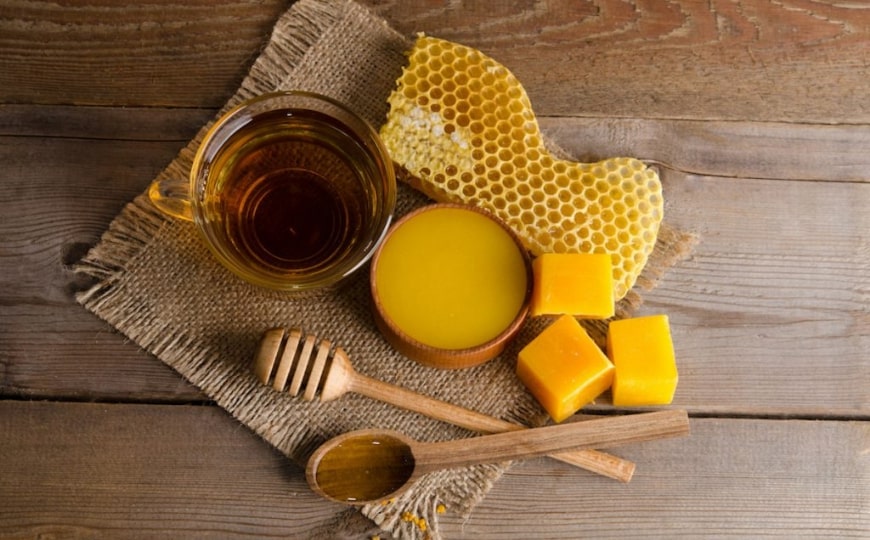
SUPERFOODS
Superfoods are characterized as foods with high nutritional value because they cover a large part of the nutritional and energy needs of humans.
SCAN QR & DISCOVER OUR SUPERFOODS


NATURAL BEAUTY
Beauty that comes naturally , is the most Natural Beauty of all. Natural Beauty is based on herbal products such as herbs, essential oils and carrier oils or vegetable oils based on nature, rich biodiversity and products of high biological value.
SCAN QR & DISCOVER OUR NATURAL BEAUTY


OXALIC STRIPS
With proper application it kills Varroa mite at a rate of <97%, this is possible by adding glycerin to the strips making the preparation effective for 30 days. Success TREATMENT EFFECTIVENESS
SCAN QR & DISCOVER OUR OXALIC STRIPS


WHOLESALE/BULK
Discover a wide variety of high-quality items at competitive prices. Buy in bulk and maximize your profit margins. Start growing your business today with our extensive selection of resale products.
SCAN QR & DISCOVER OUR WHOLESALES & BULK

Meet the best products
Featured Products
-
$52.50 – $60.80
-
$52.50 – $60.80
-
$52.50 – $62.80
-
$52.50 – $62.80
-
$52.50 – $60.80
-
$52.50 – $60.80
-
$53.50 – $61.80
-
$53.50 – $61.80
Meet the best products
Featured Products
-
$52.50 – $60.80
-
$52.50 – $60.80
-
$52.50 – $62.80
-
$52.50 – $62.80
*HONEY FIR VANILLA
EXCELLENT QUALITY
RARE HONEY
* Honey Fir Vanilla
Excellent quality
Rare Honey
Fresh – Clean – Authentic
HONEY FROM selected beekeeping farms
As the bee gave birth to it.
BULK RAW HONEY
WHOLESALE HONEY
For those who absolutely love honey, we offer bulk raw honey and filtered honey options so that your honey jar never runs dry.
3Kg – 5Kg – 12Kg – 25Kg bulk raw honey and wholesale honey purchases come at a discounted rate.
*TRADITIONAL
CRETAN CHEESE
* Traditional
Cretan Cheese
Try the best with the best ....!!!
Discover Premium quality
& rare products
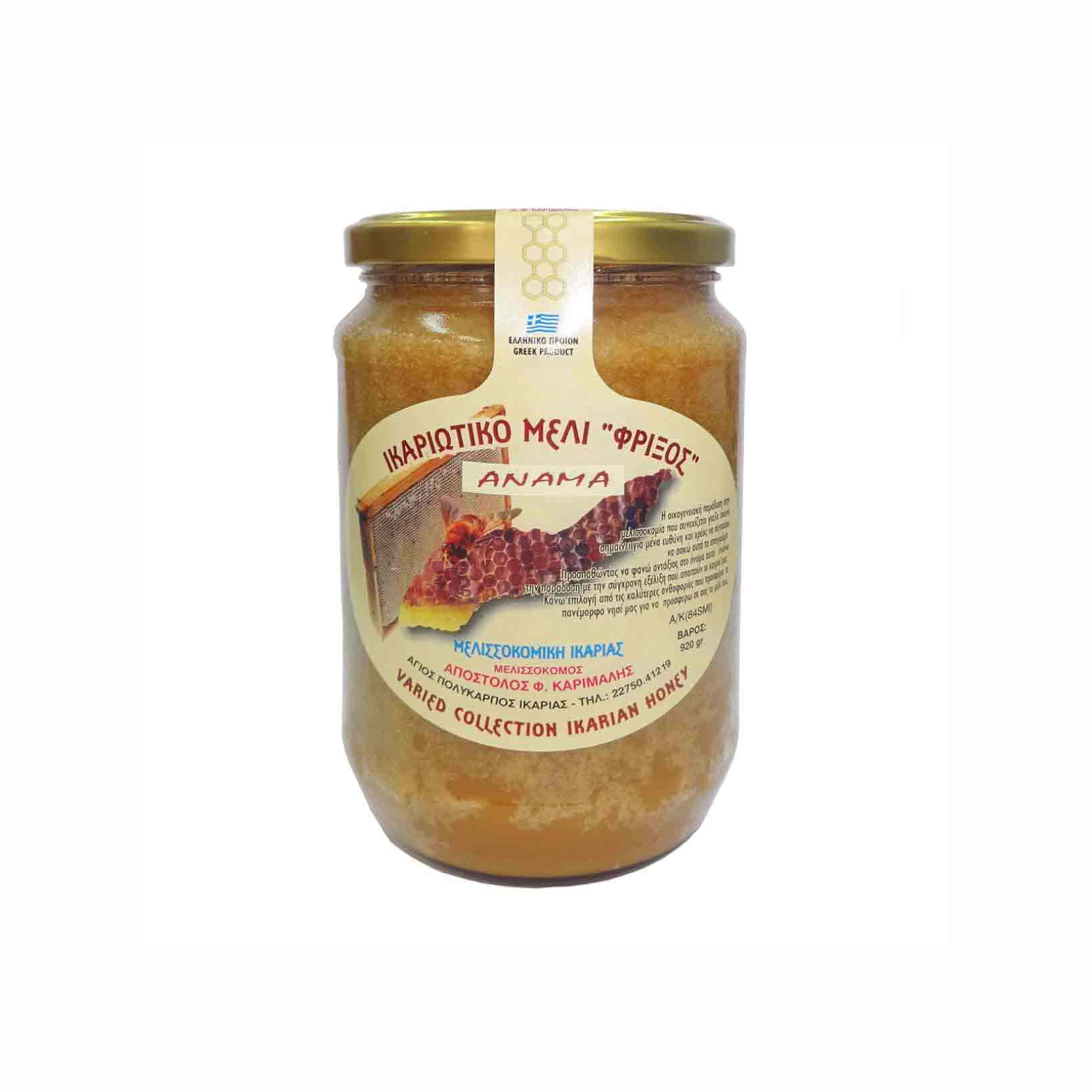

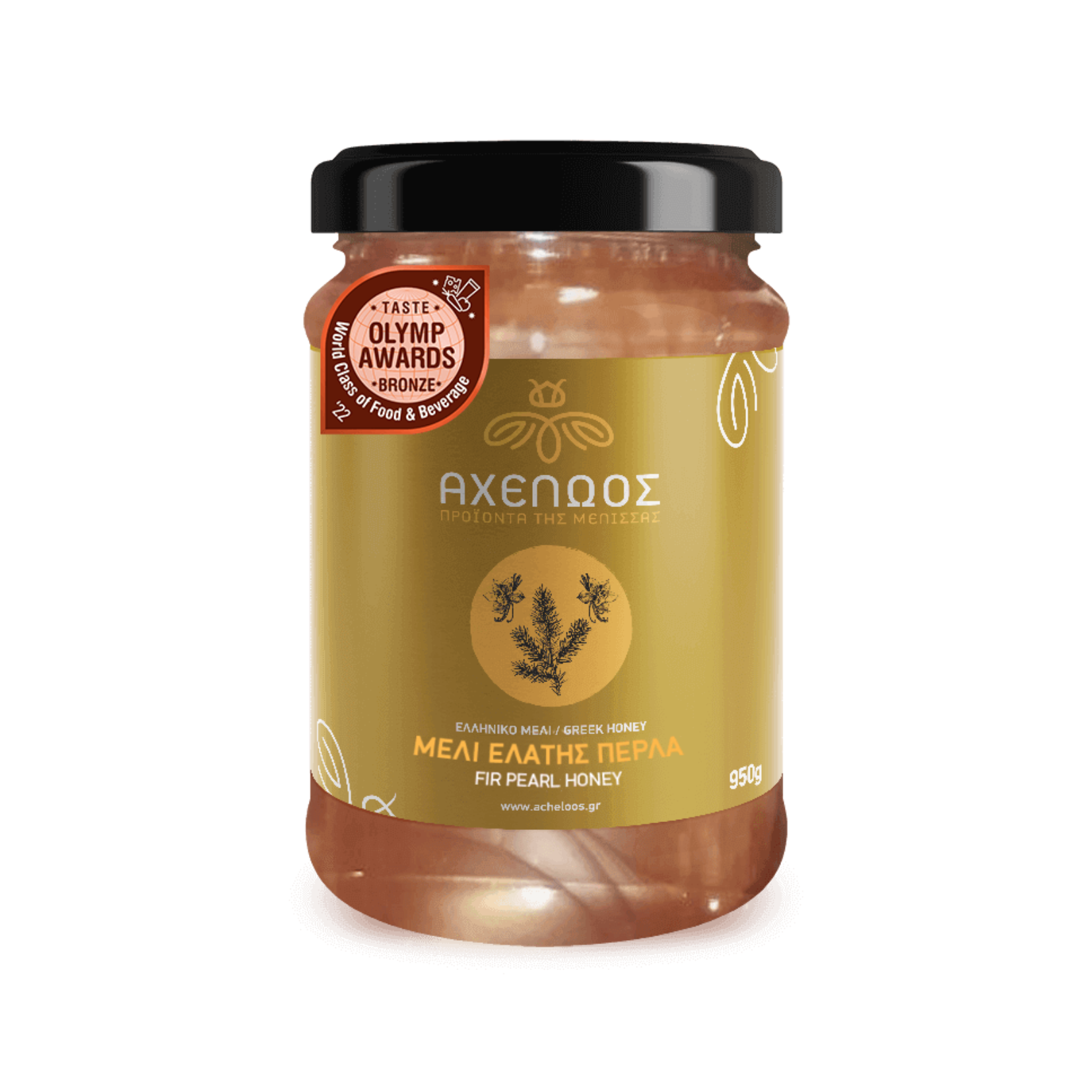


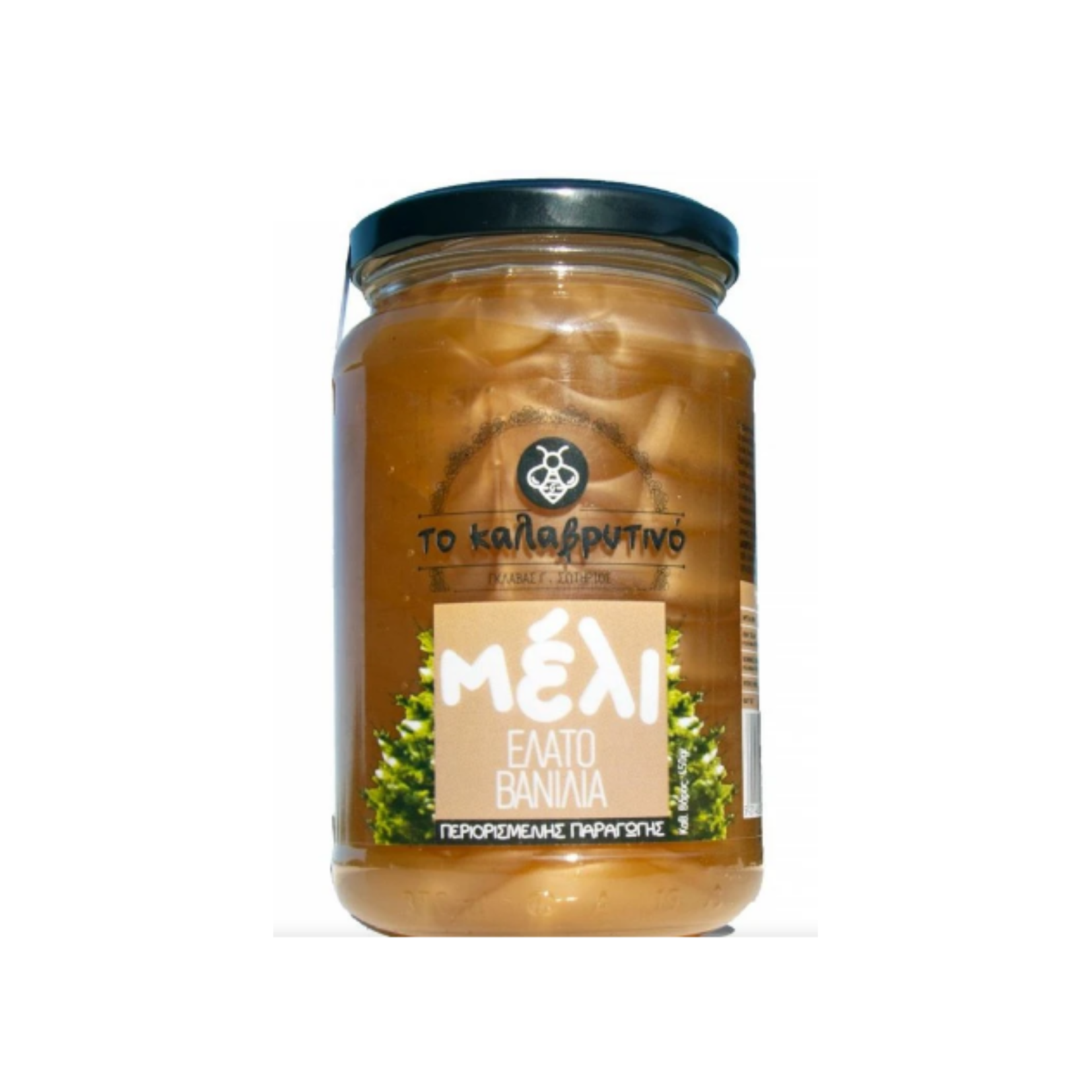
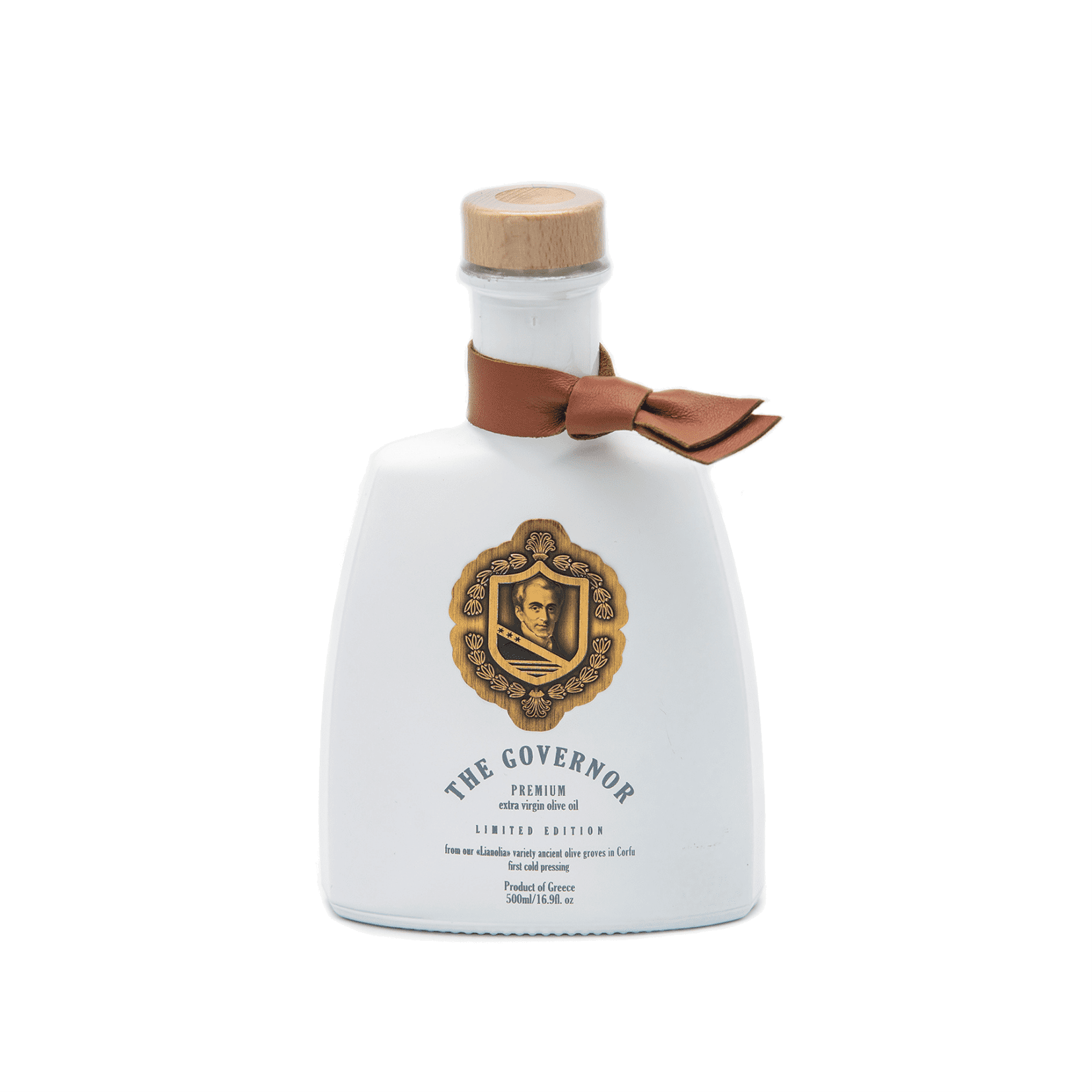
Ikarian Raw Honey
Unique Honey from the beautiful Island of Ikaria – Thicker-Strong exquisite, thick, and golden, with delicate notes of fruits, flowers, and Thyme this pure honey is unheated and unfiltered to preserve its nutritional benefits and highlight its delicate taste and aroma.
Fir Vanilla (Mainalo) Farm
One of the rarest honeys, not only in Greece but also in the world, is vanilla fir honey or vanilla fir honey. This honey has a special appearance due to the metallic reflections that are created inside it.
Fir Pearl (Vanilla)
Its rarity is, in addition to its particular appearance, difficult to extract from the honeycombs,
as there are usually losses due to the destruction of the honeycombs.
Pallada Spread Healthy Butter
The Pallada Spread, can easily compete with the original butter, as it is pure vegetal and offers all the rich nutrients of the extra virgin olive oil.
RARE HONEY Fir Vanilla
The only Greek honey with Protected Designation of Origin (PGI).
Rich nutritional value due to high trace content and lower sugar content compared to all other honey.
VERY RARE Vanilla Fir
A rare and special honey! RARE HONEY Fir Vanilla of Mountain Mainalo In Vytina Excellent quality best raw honey ”Very Rare”.
The Governor – Limited Edition
A very fine extra virgin olive oil from Corfu island, with fresh aroma and taste, rich in texture and healthy antioxidants. HACCP and ISO 22000: 2005

Traditional local drinks
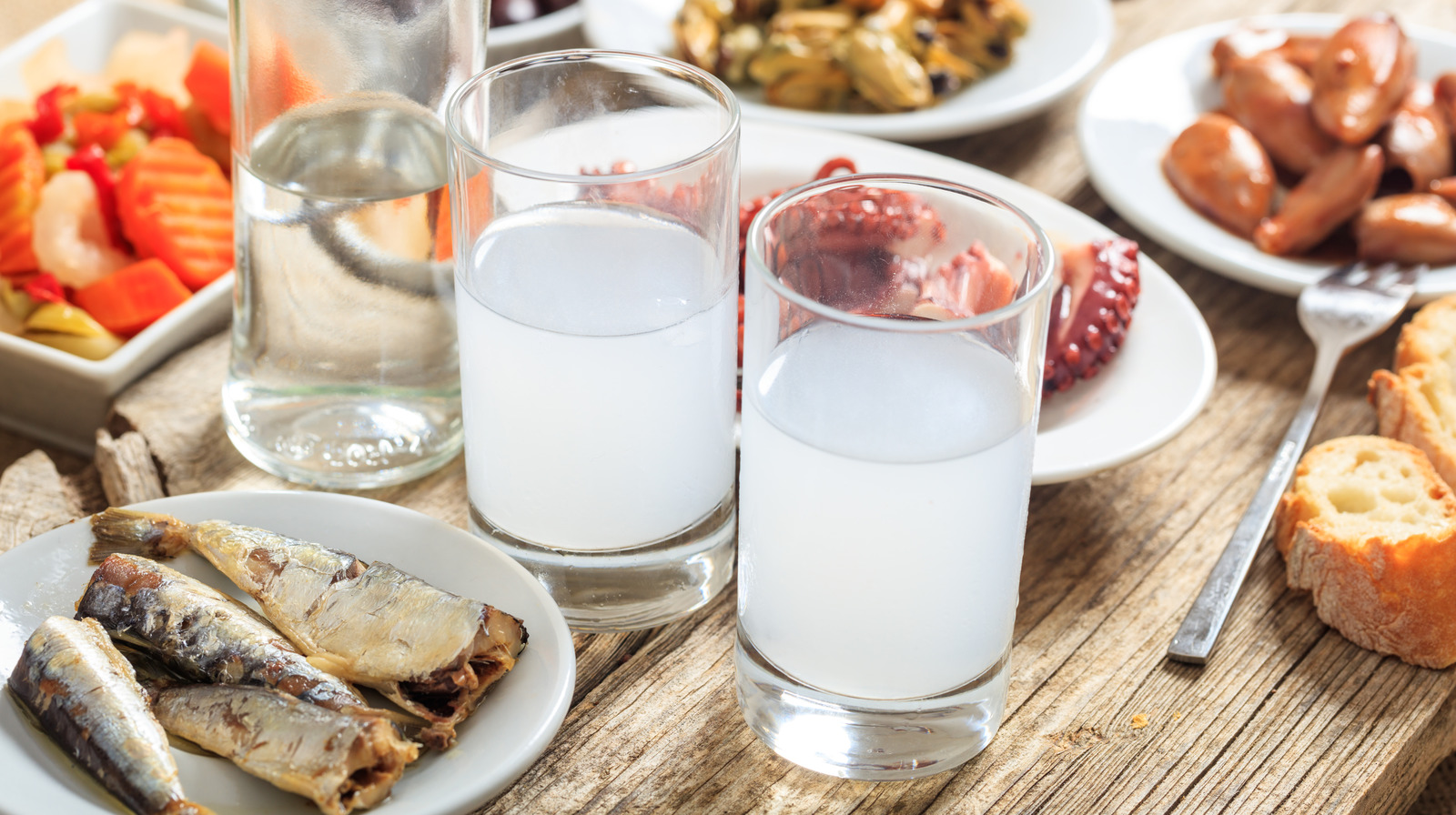
Ouzo

Raki-Tsikoudia

Tsipouro

Aged Tsipouro

Raki & Honey

Liqueurs

Brandy
Handmade Traditional Drinks
Let's Try Them
-
$93.80 – $94.80
-
$92.80
-
$91.80
-
$91.80
Boost your business make your bees more EFFICIENT
Smart, Effective and Biological Threatment
With proper application it kills Varroa mite at a rate of <97%, this is possible by adding glycerin to the strips making the preparation effective for 30 days.



